 Back to Exhibitions
Back to Exhibitions
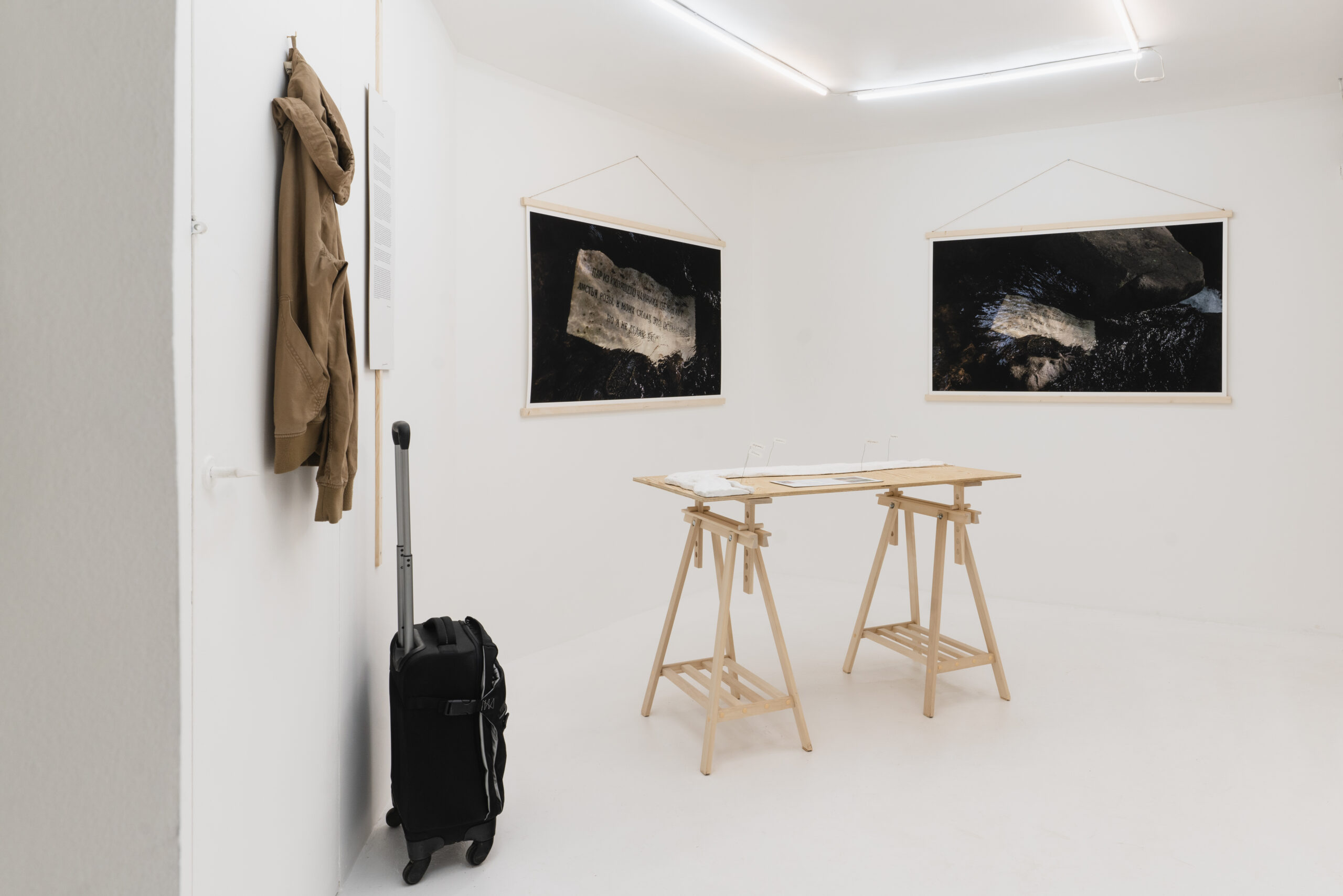
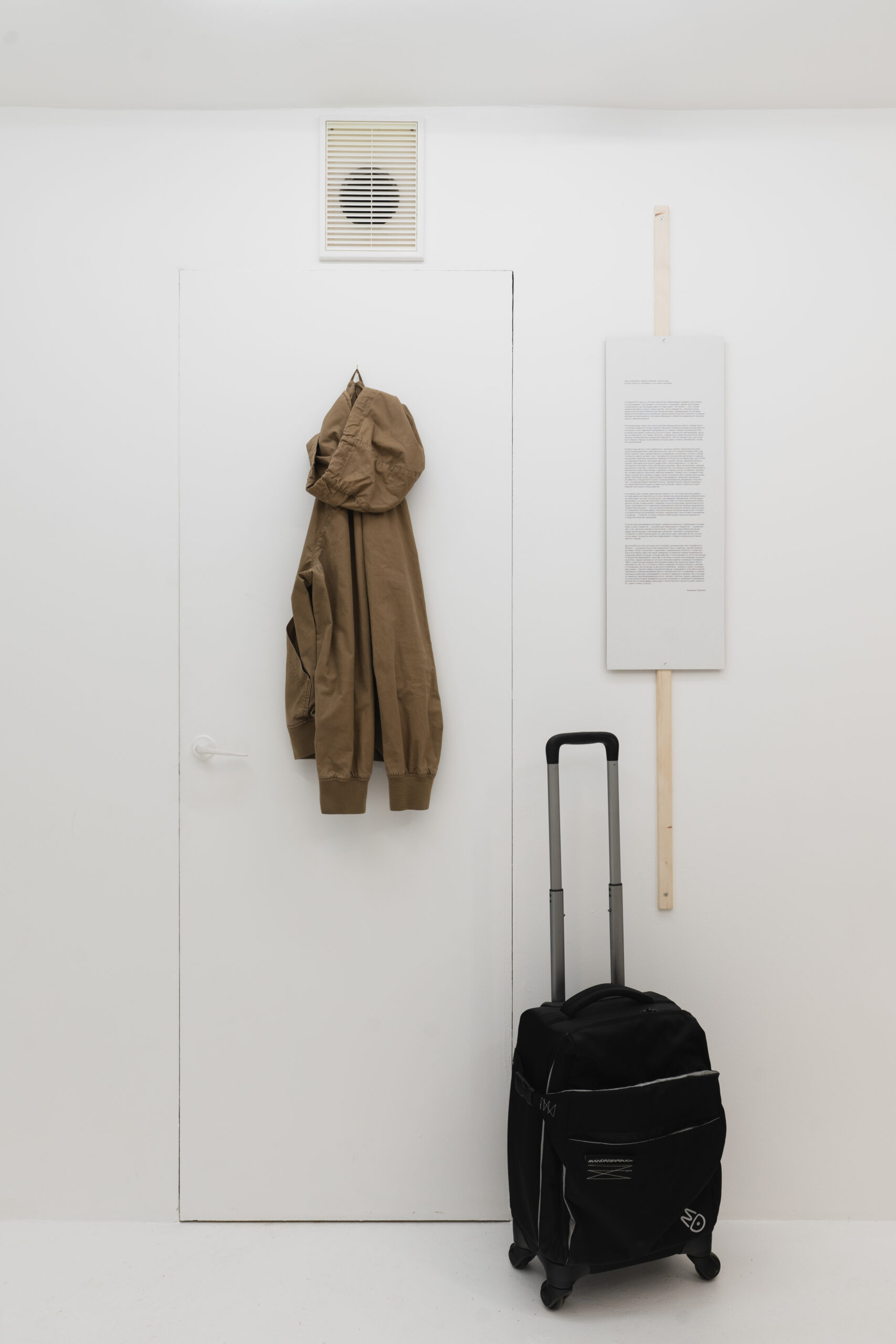
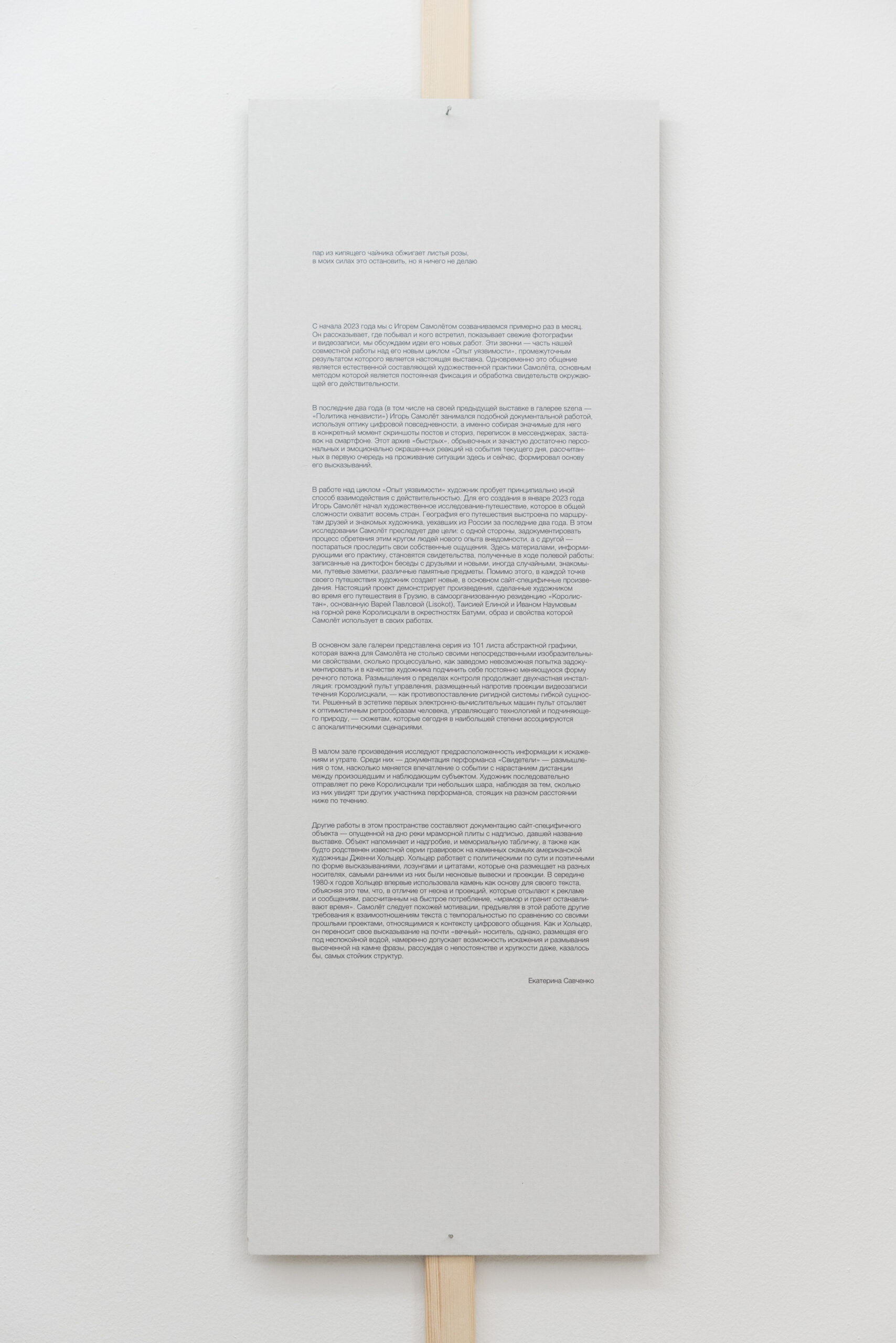
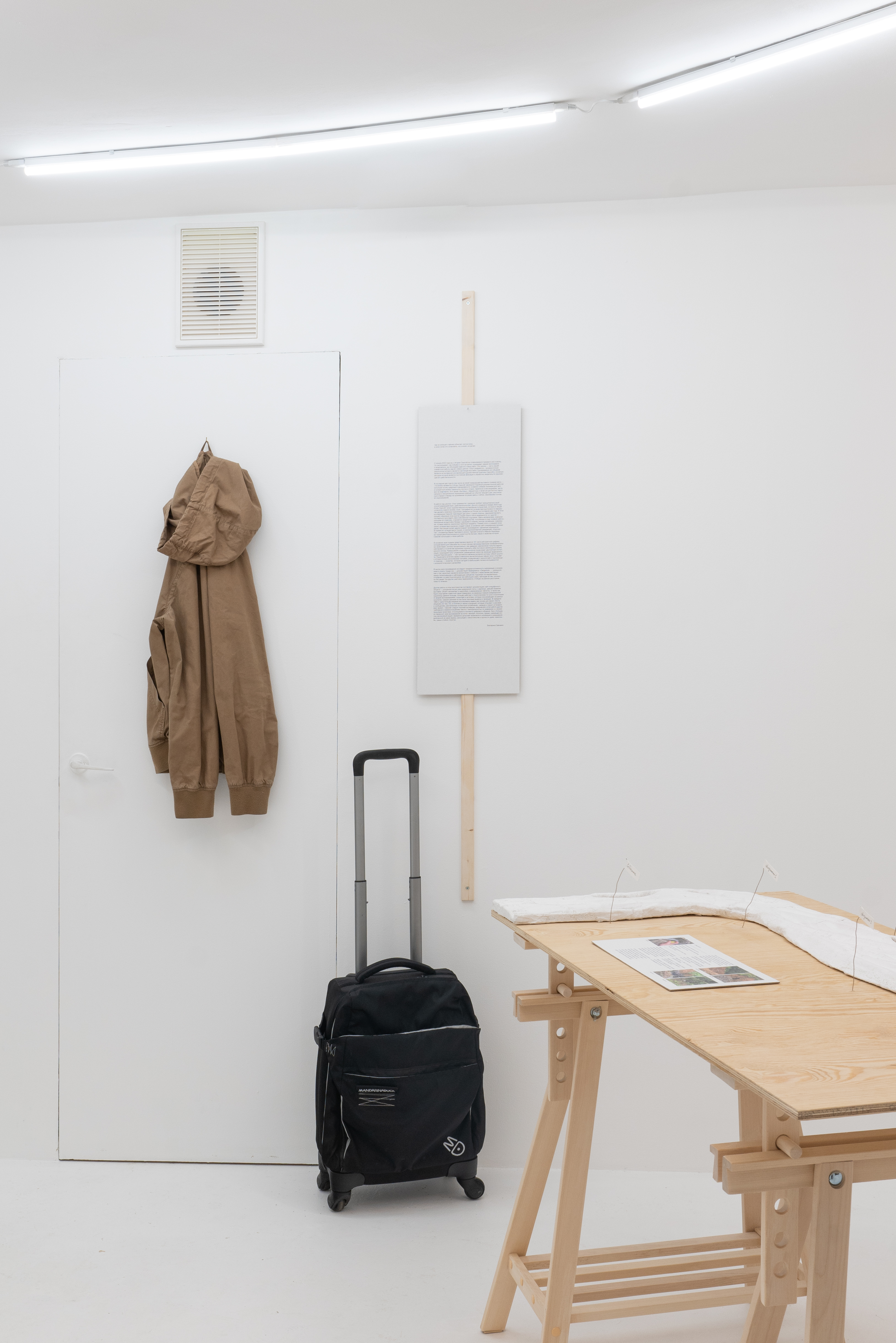
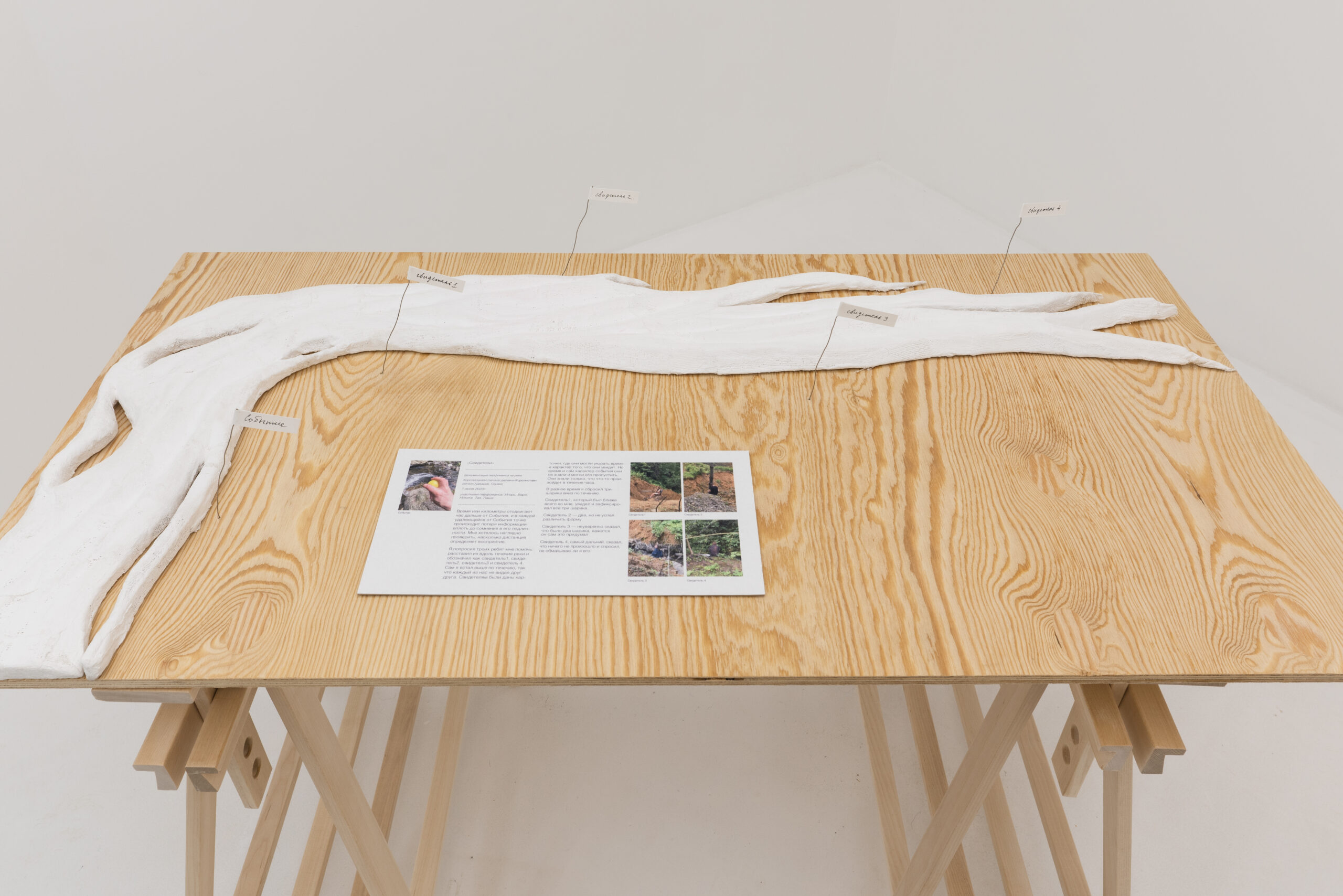
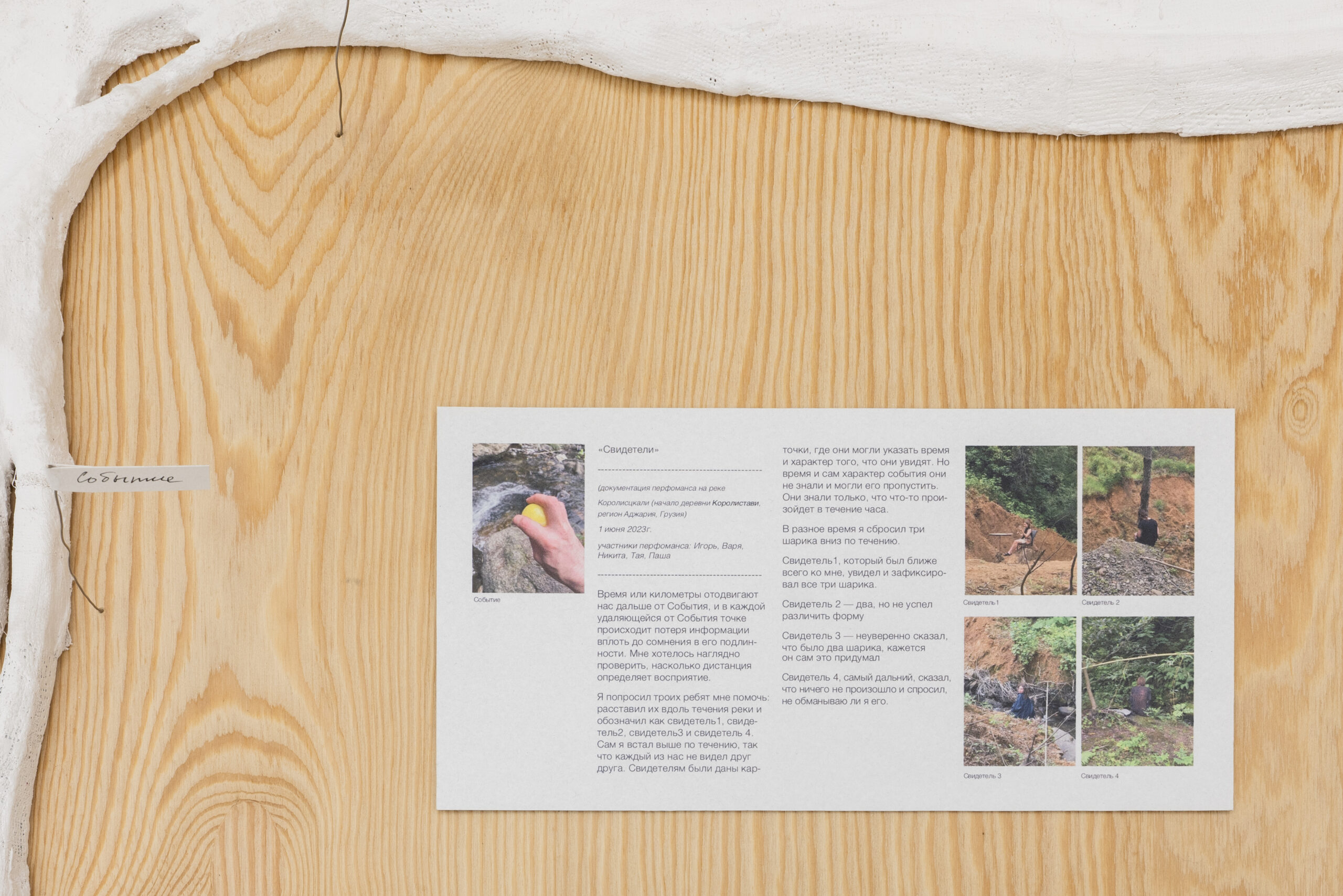
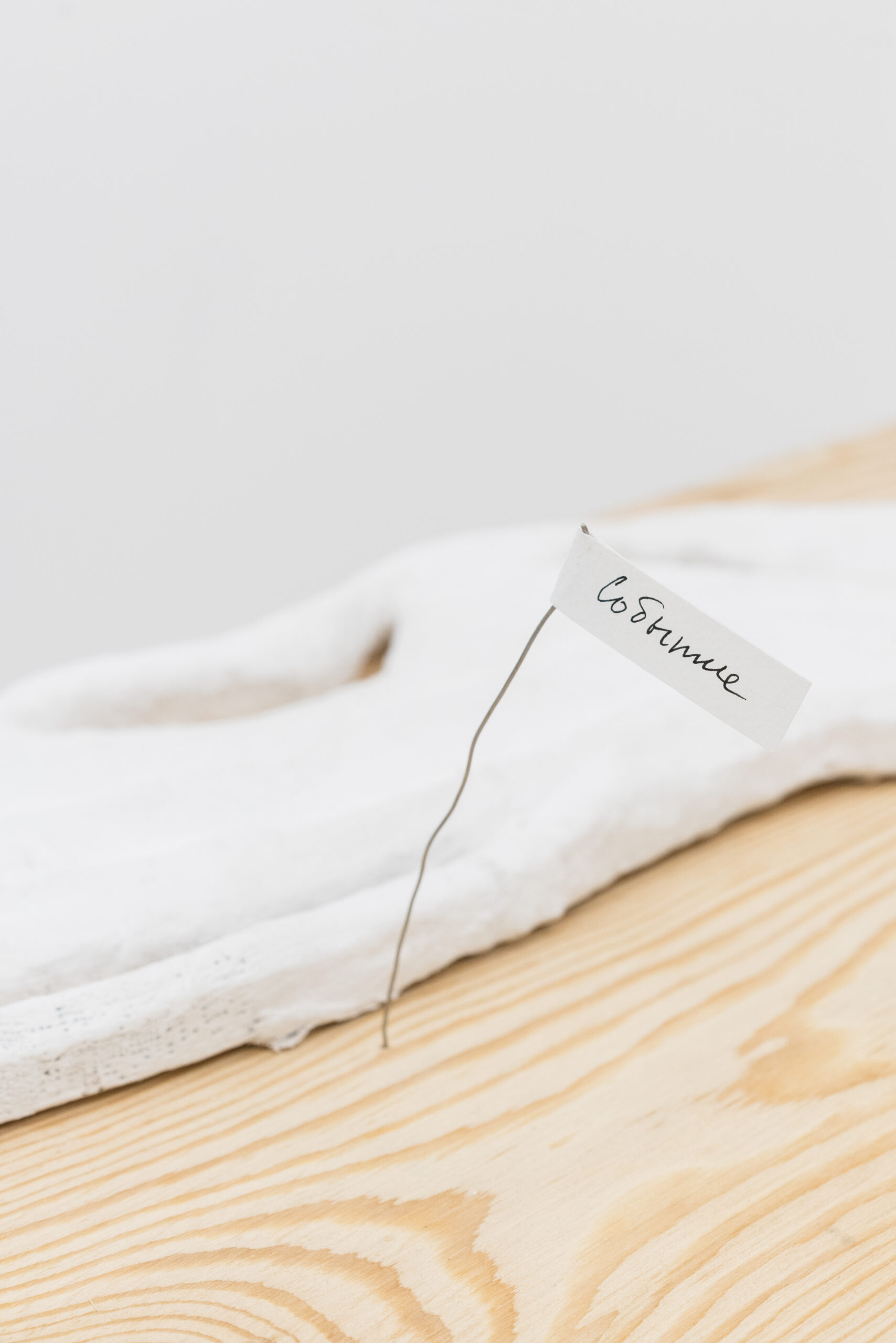
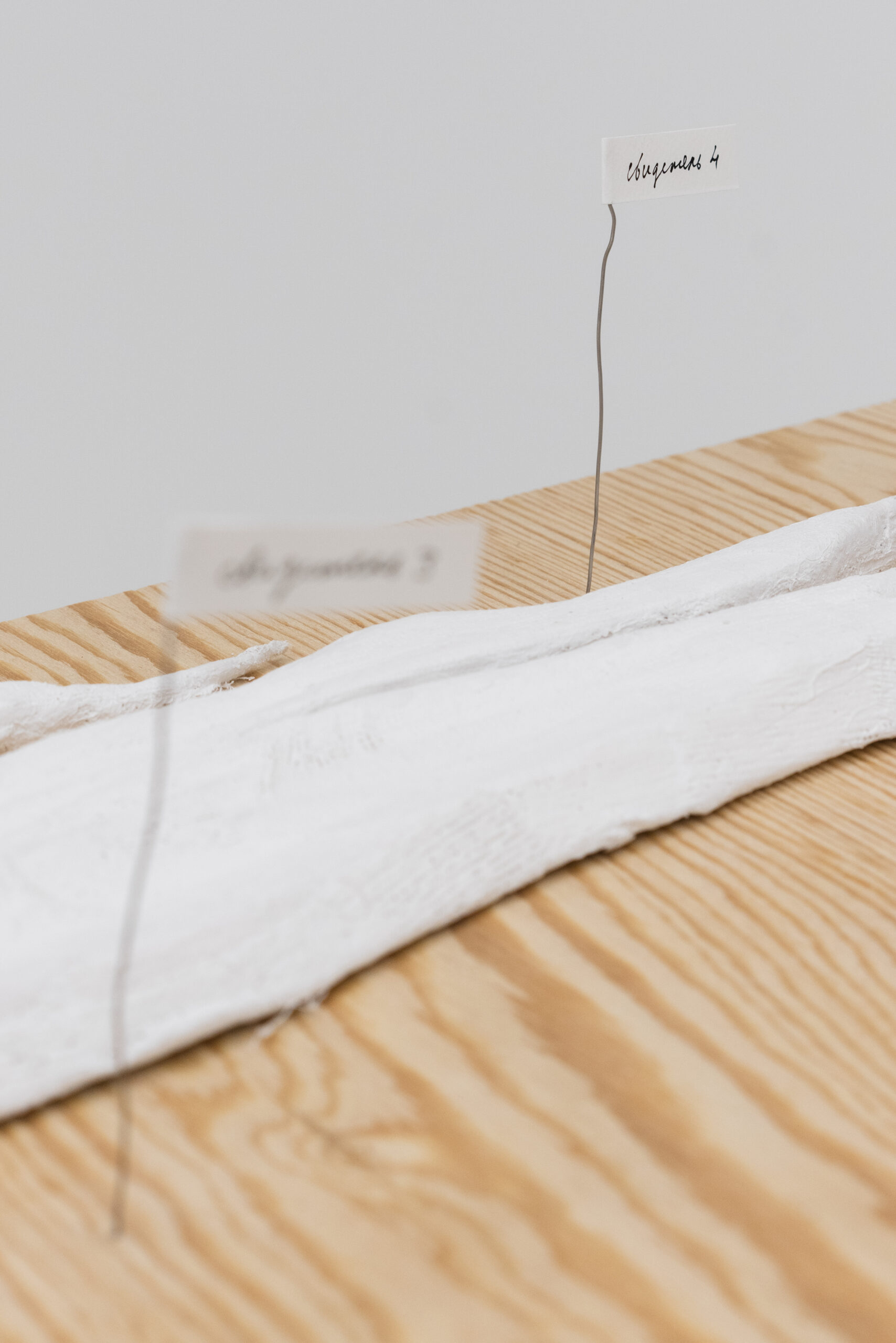
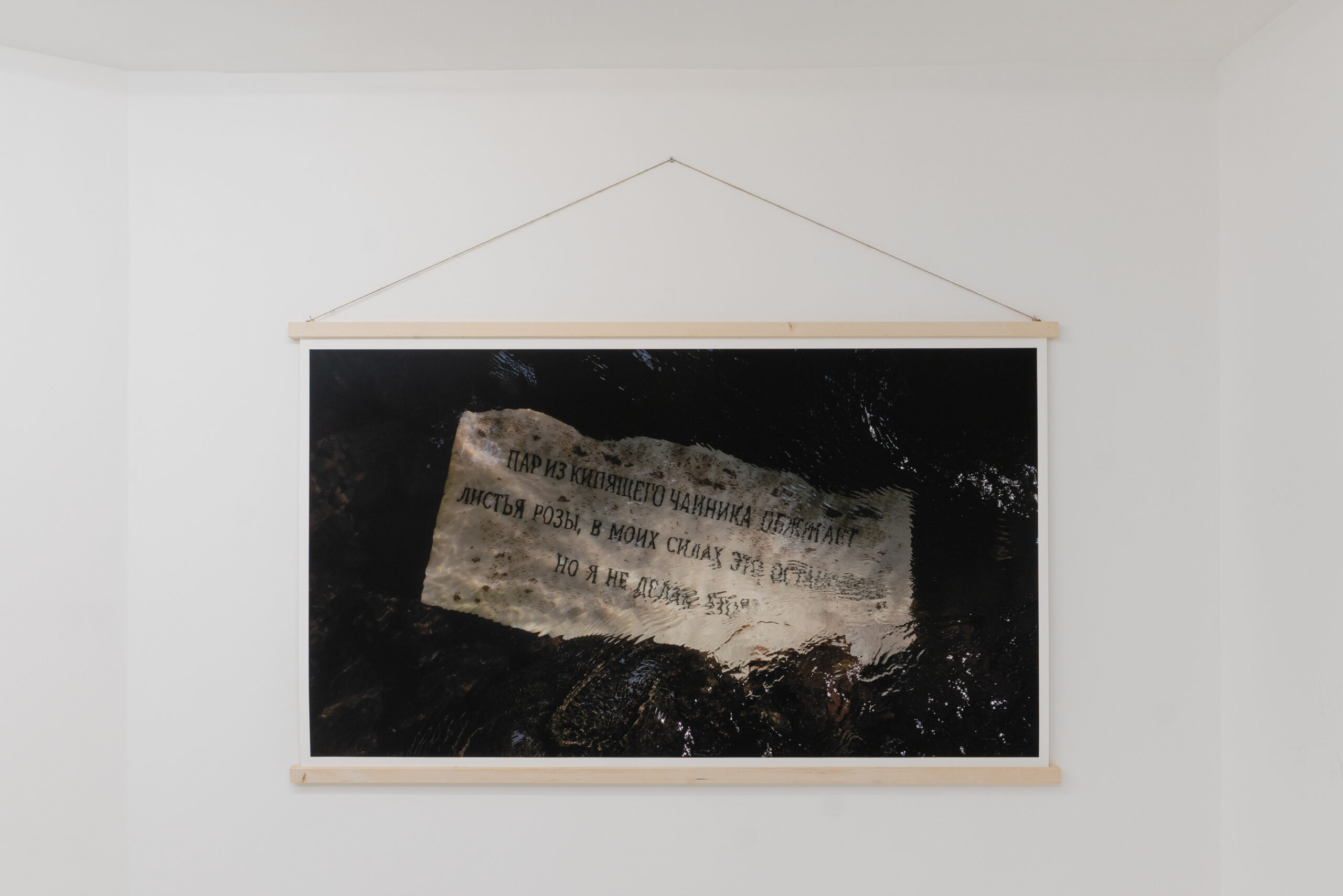
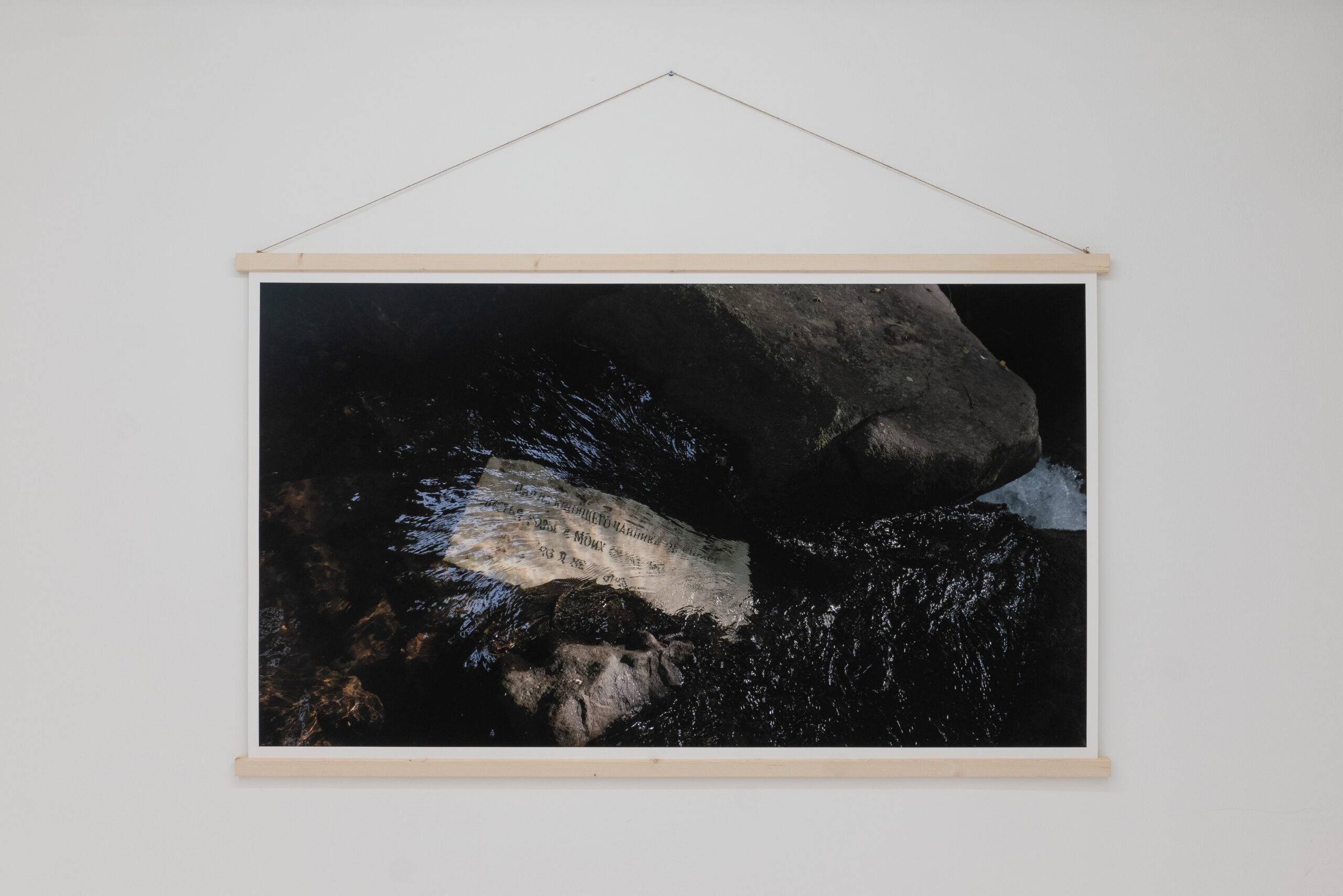
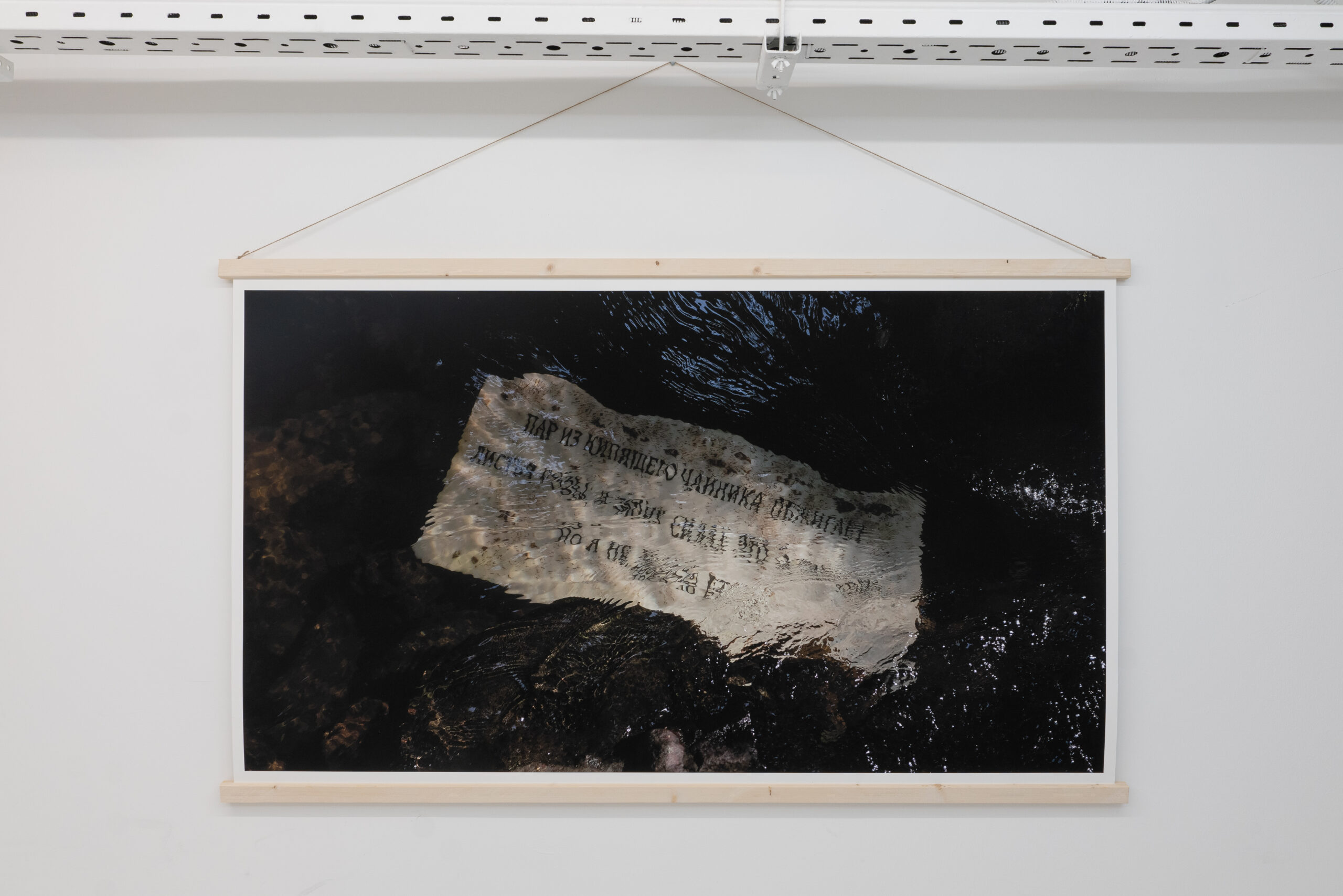
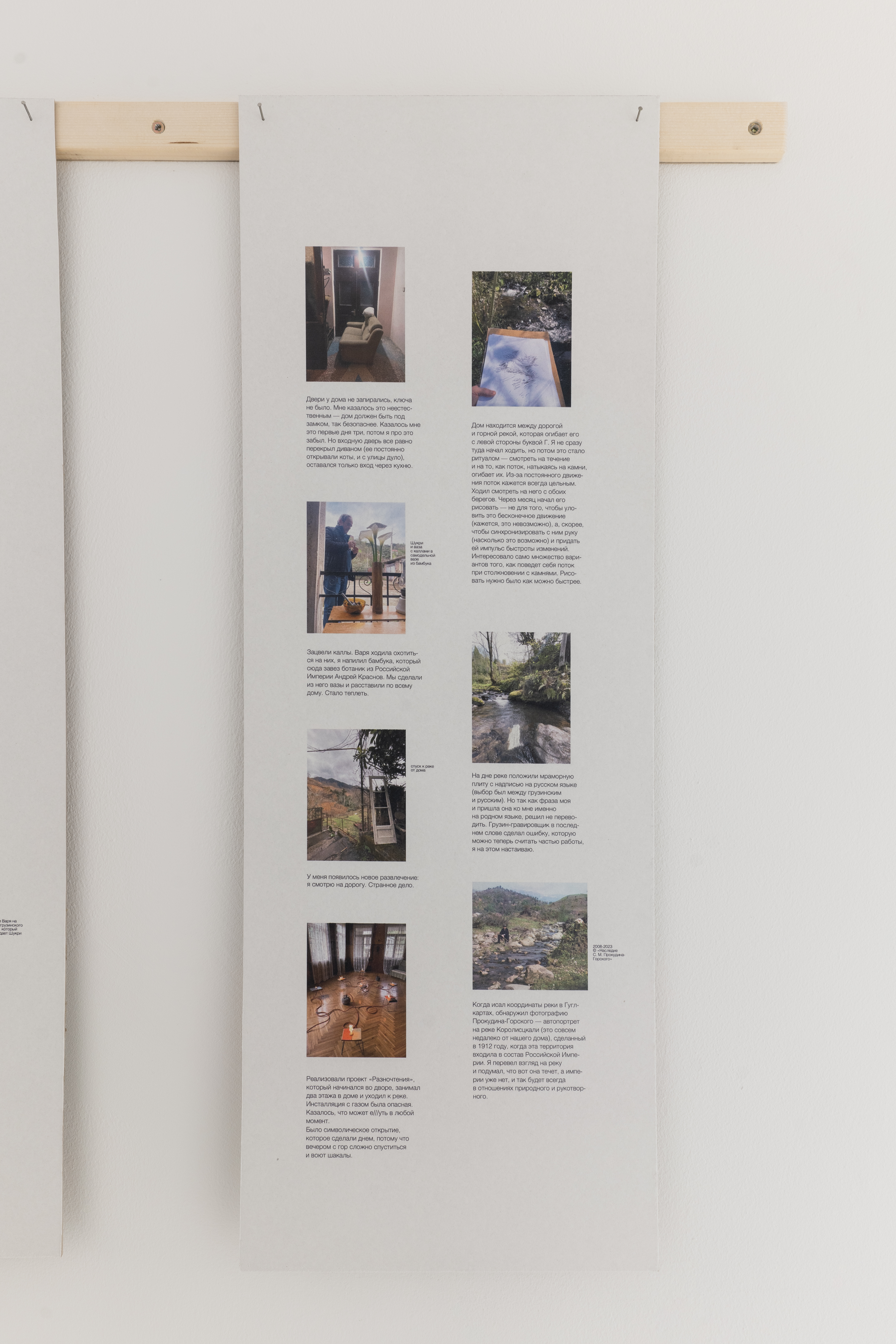
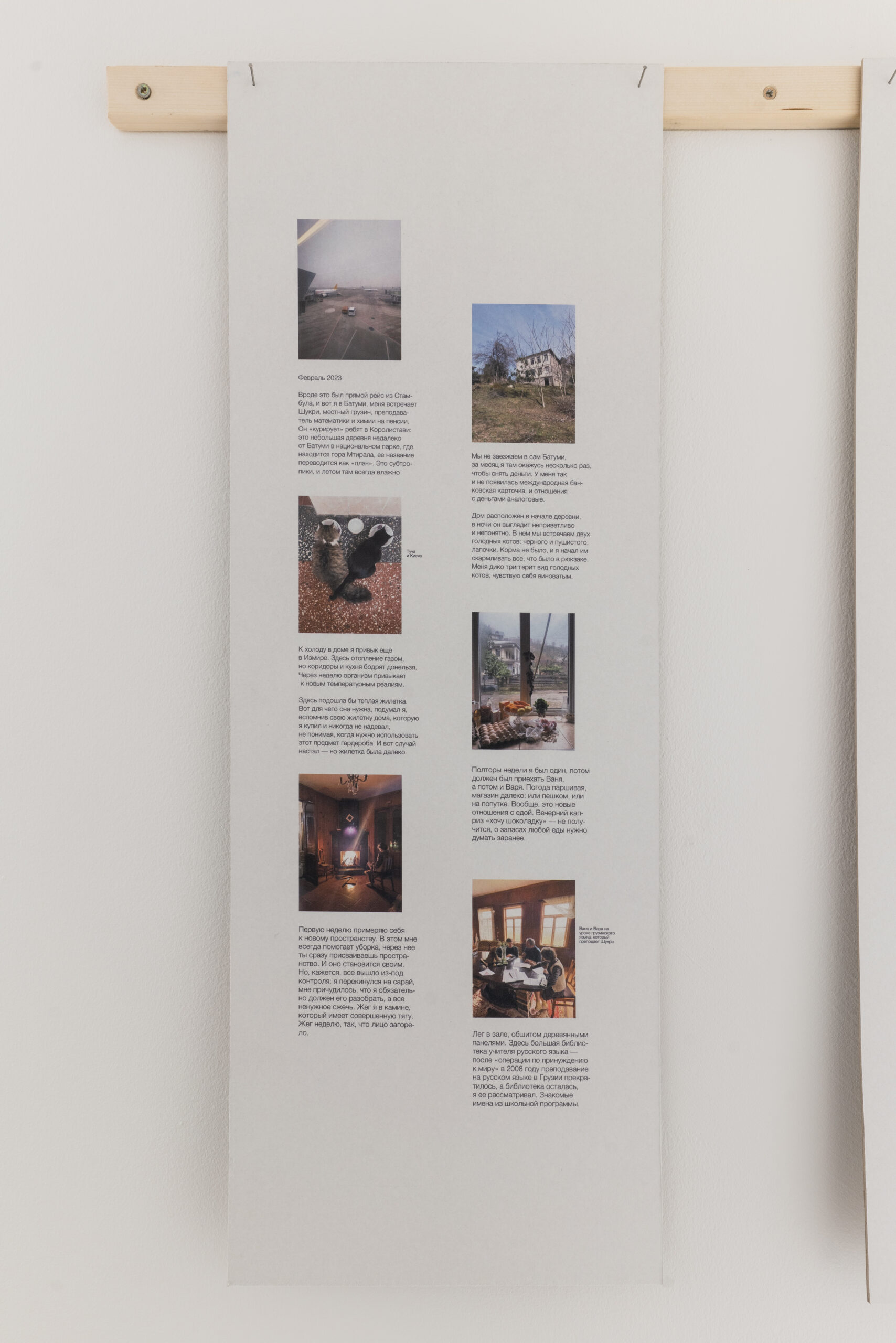
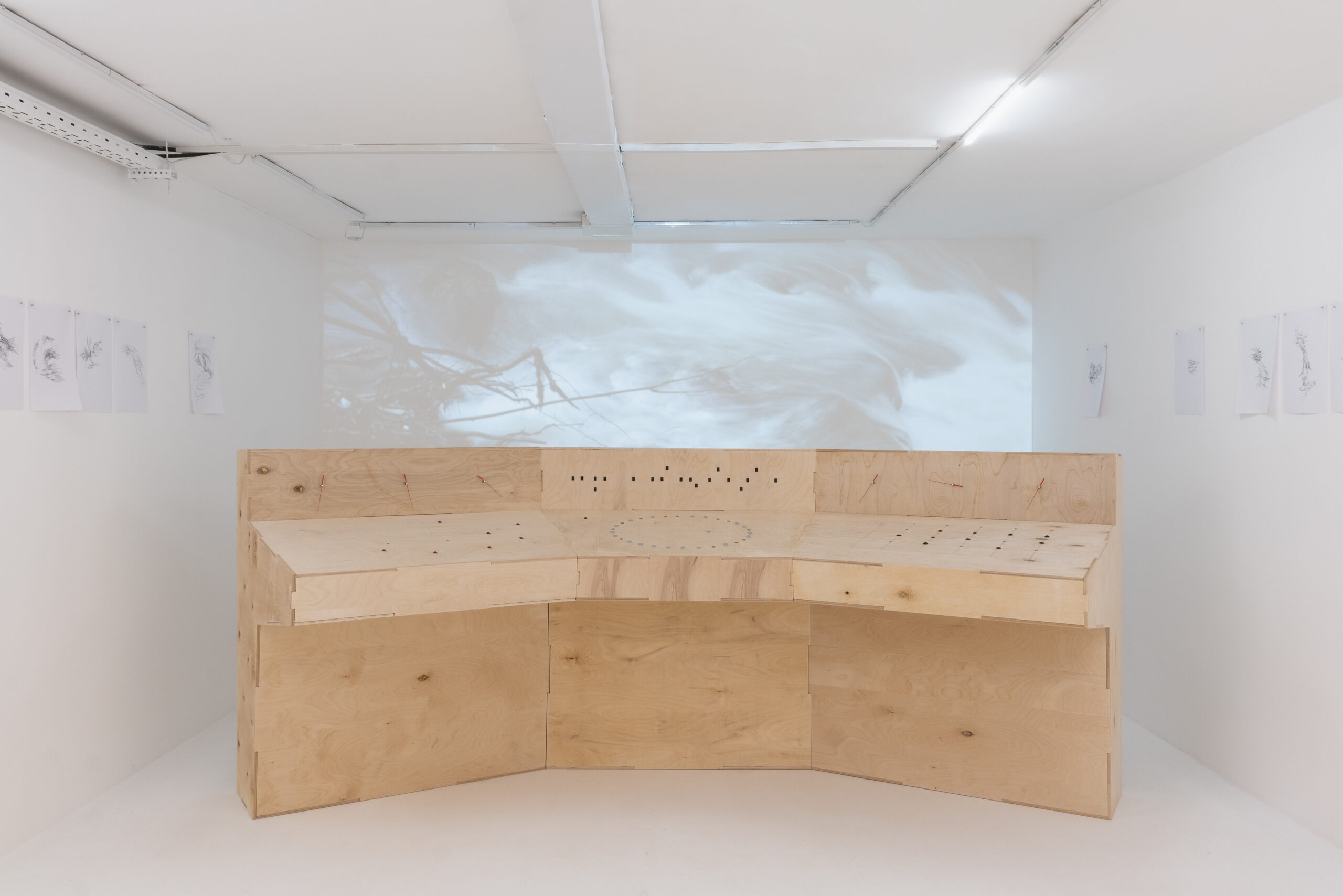
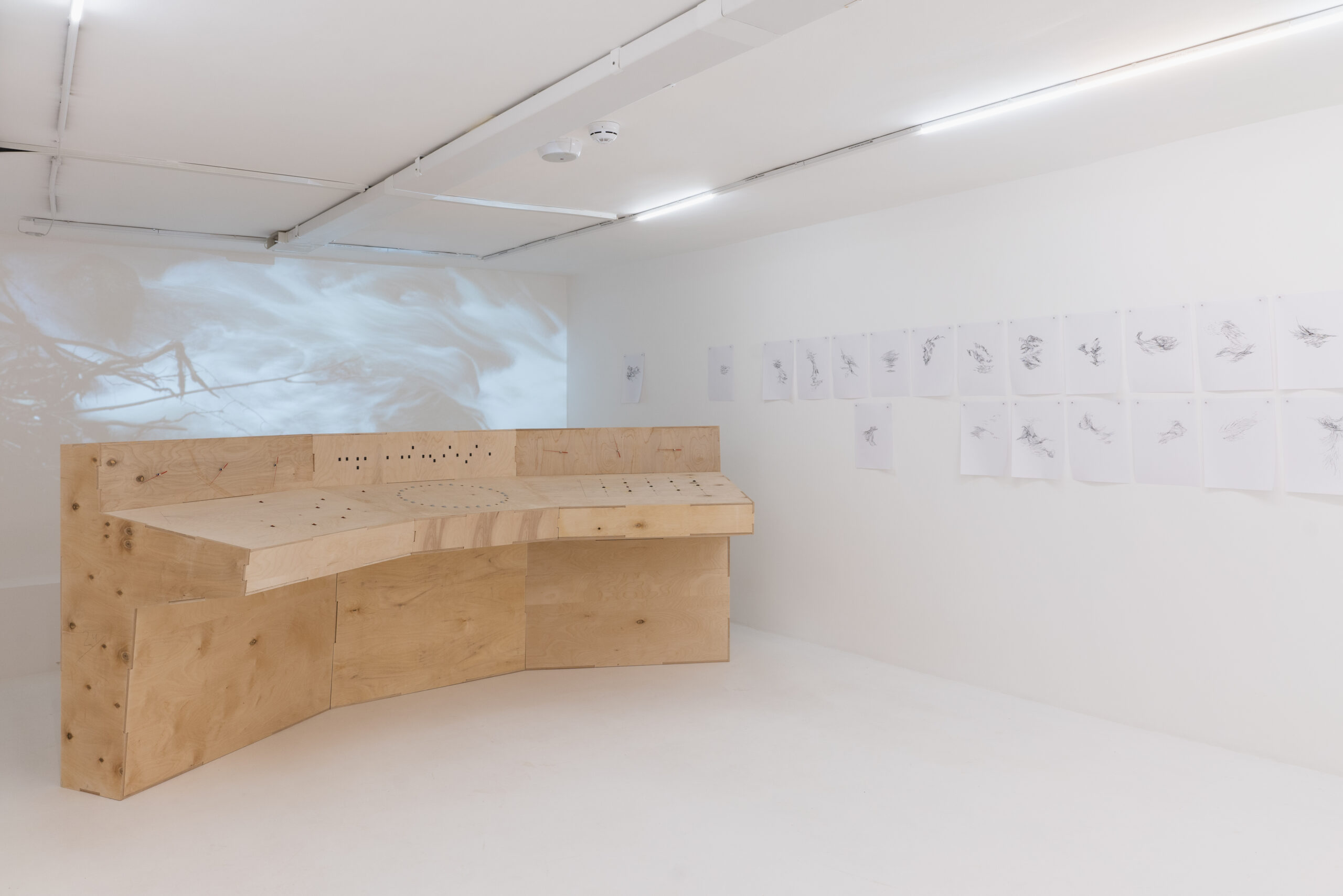
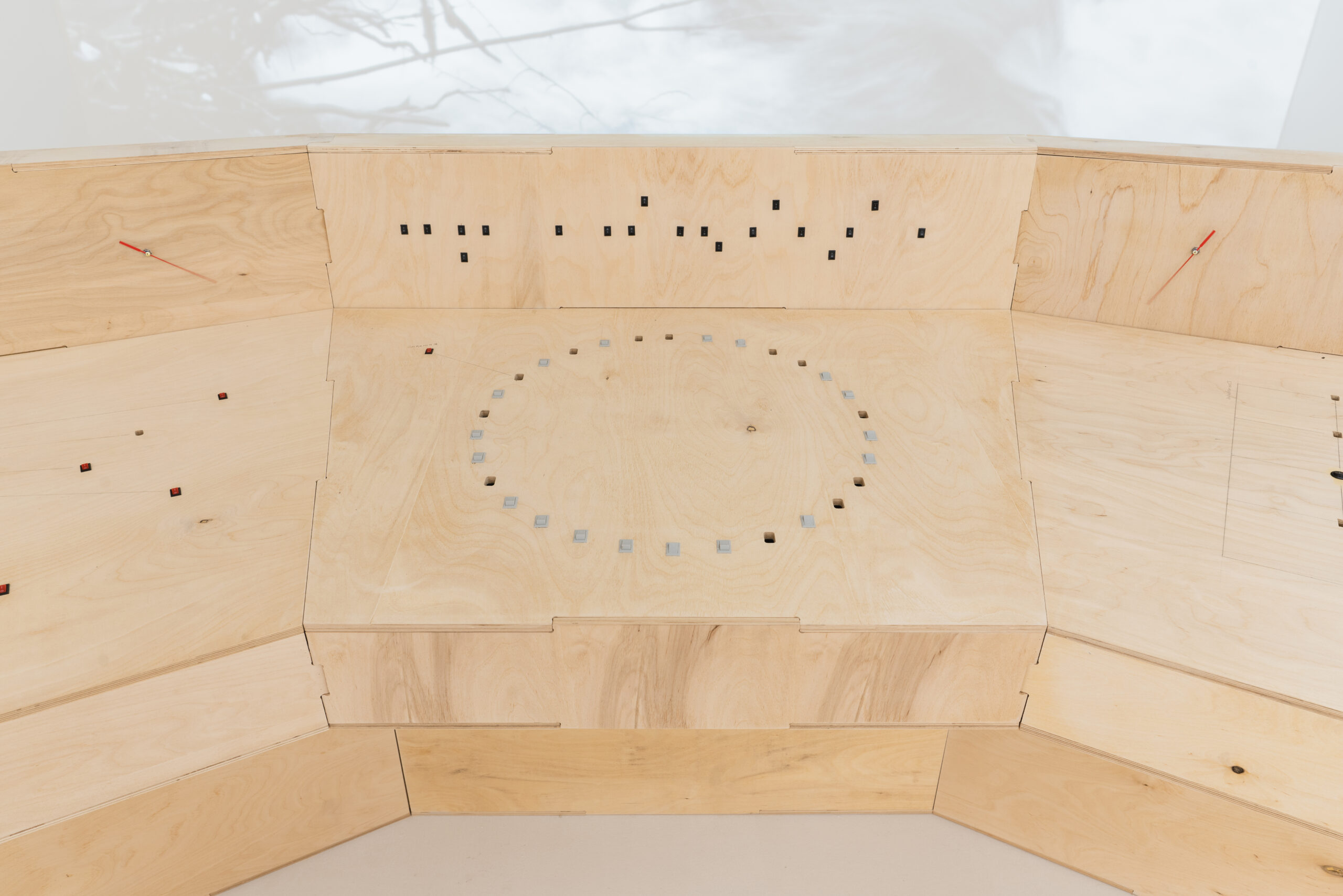
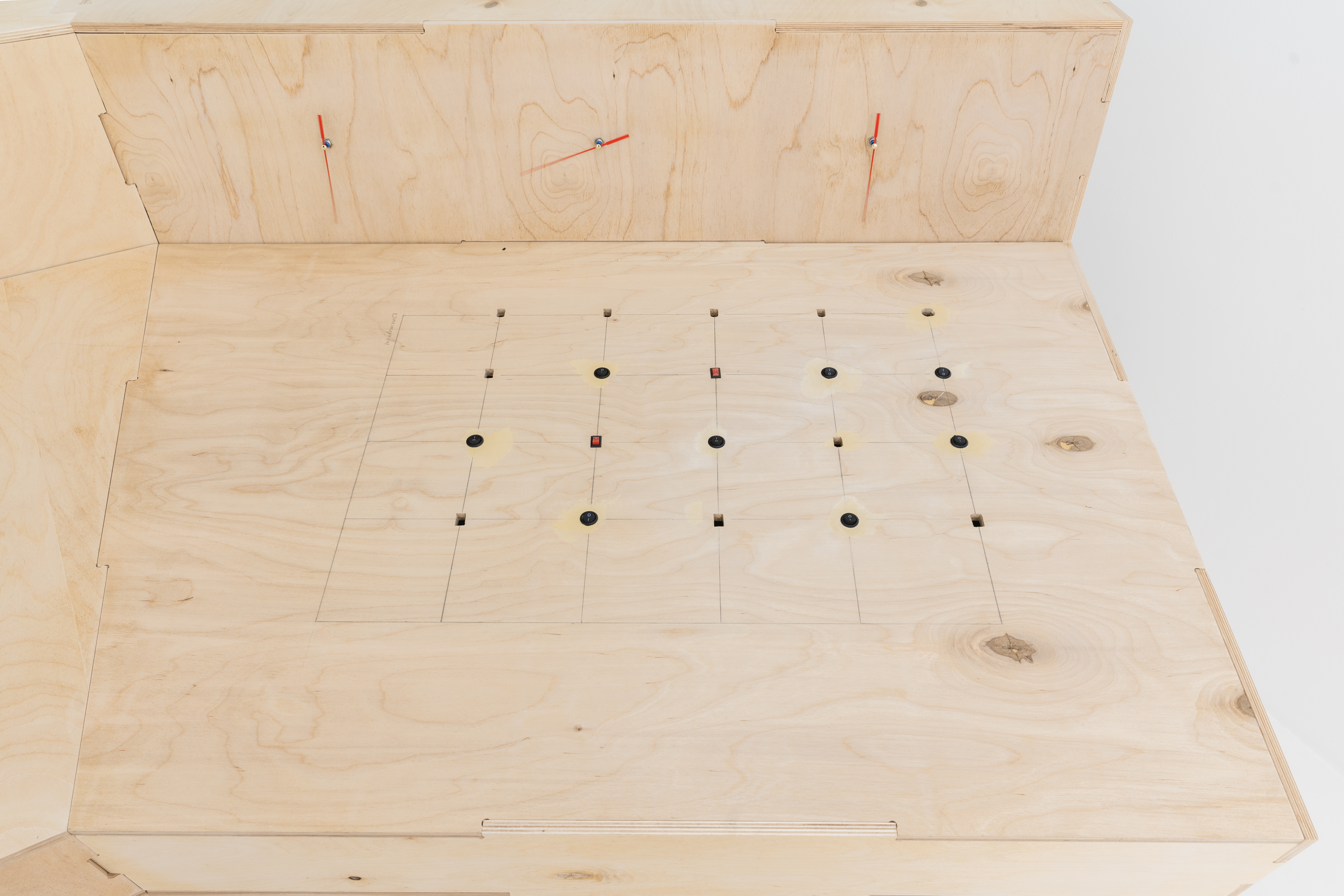
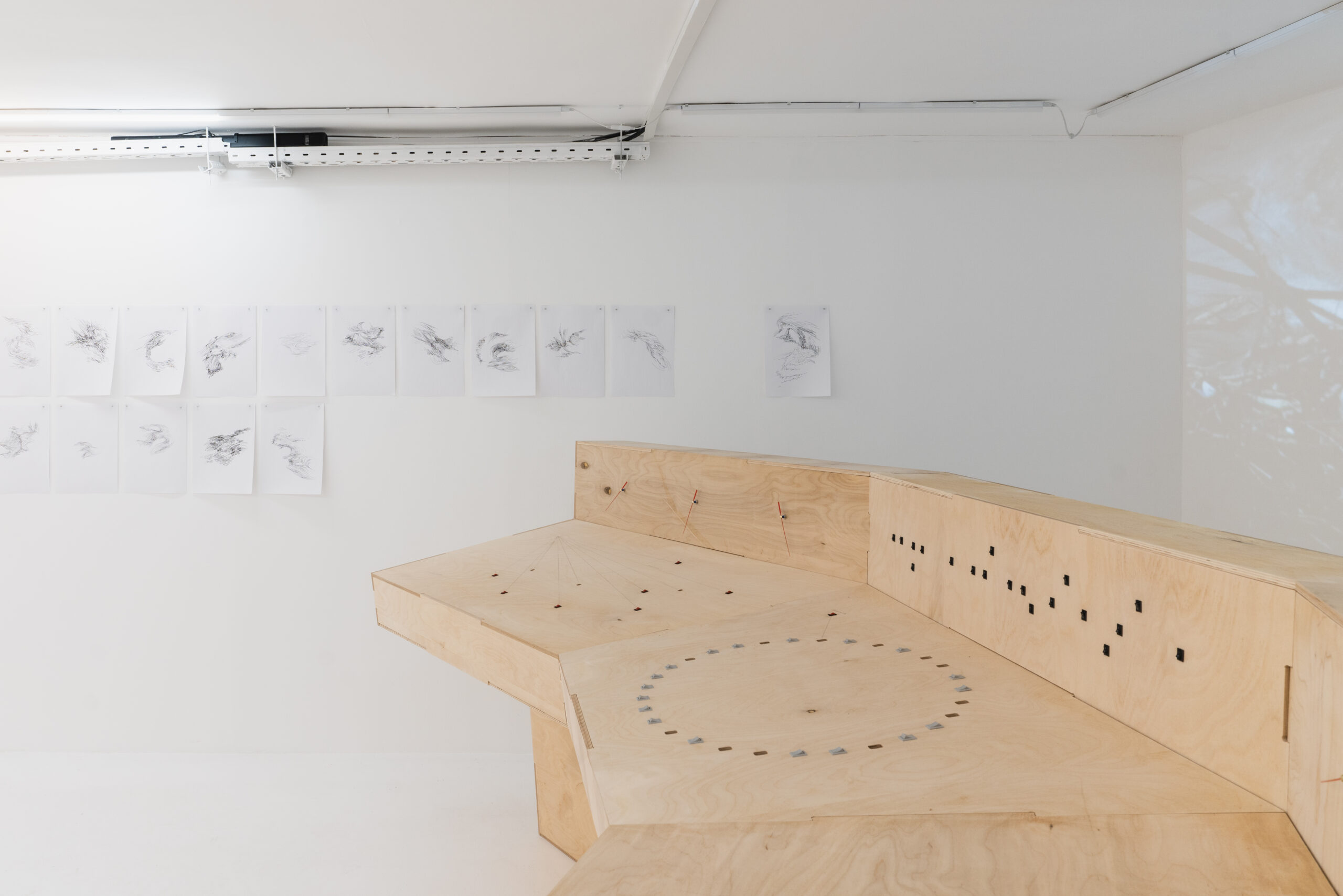
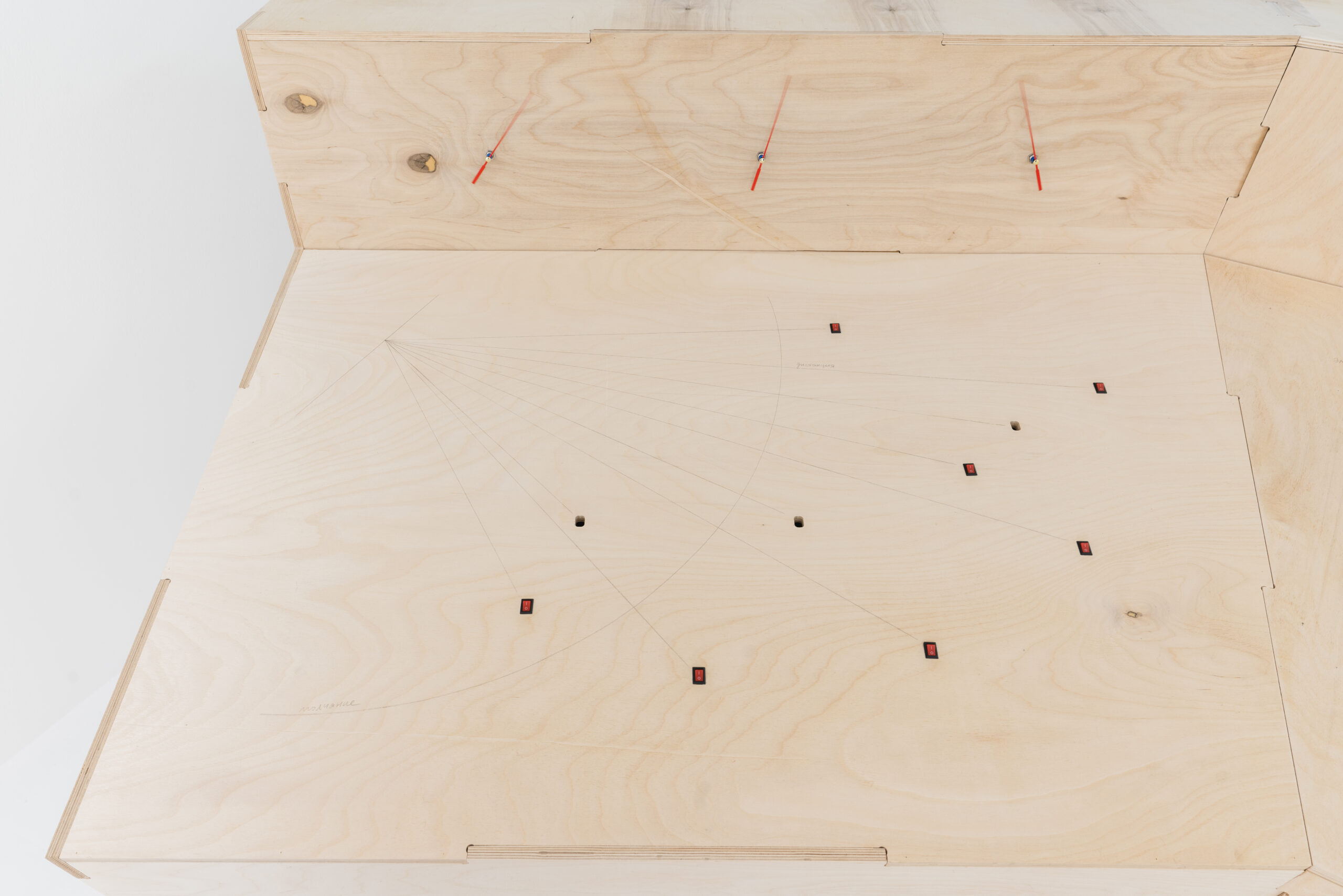
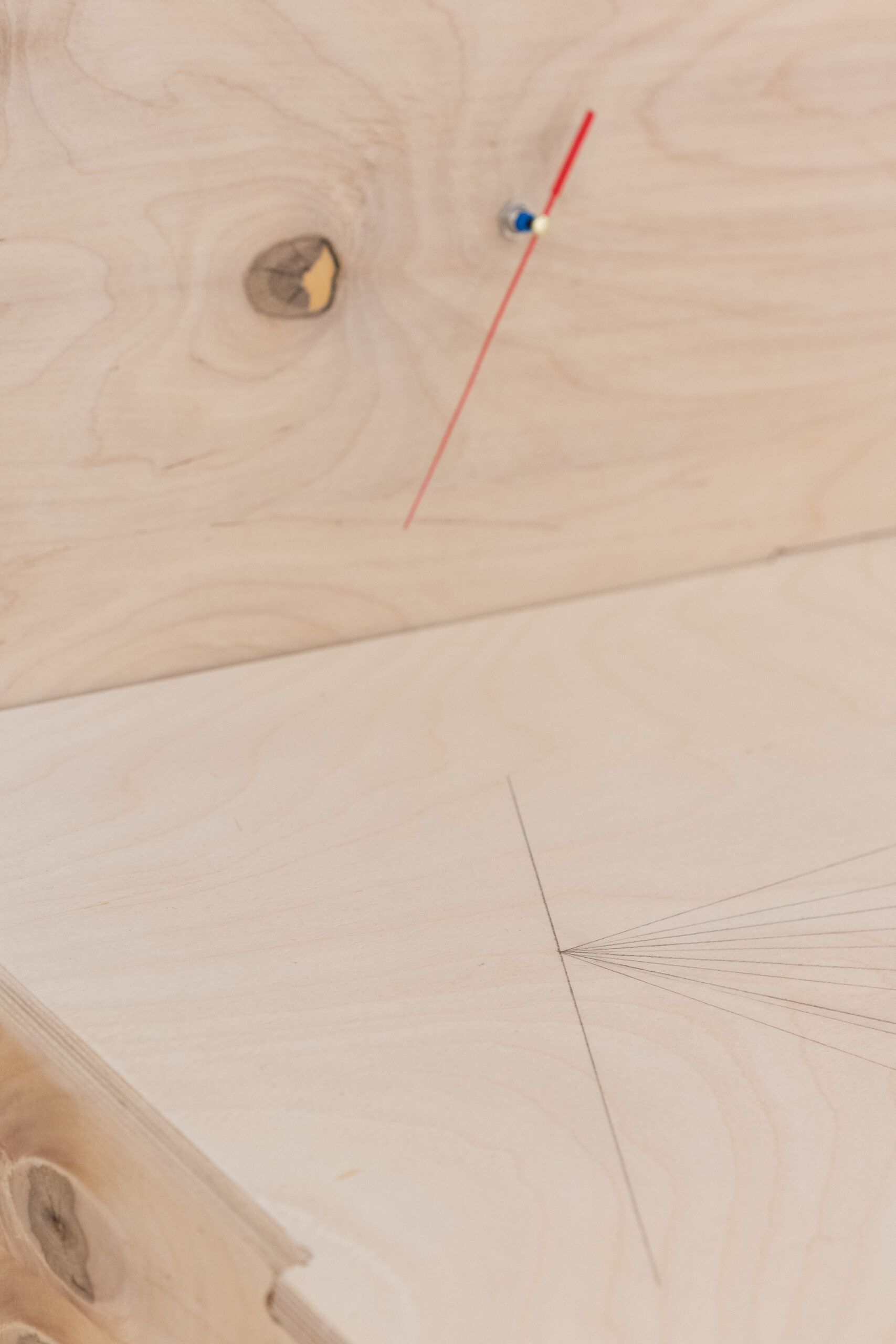
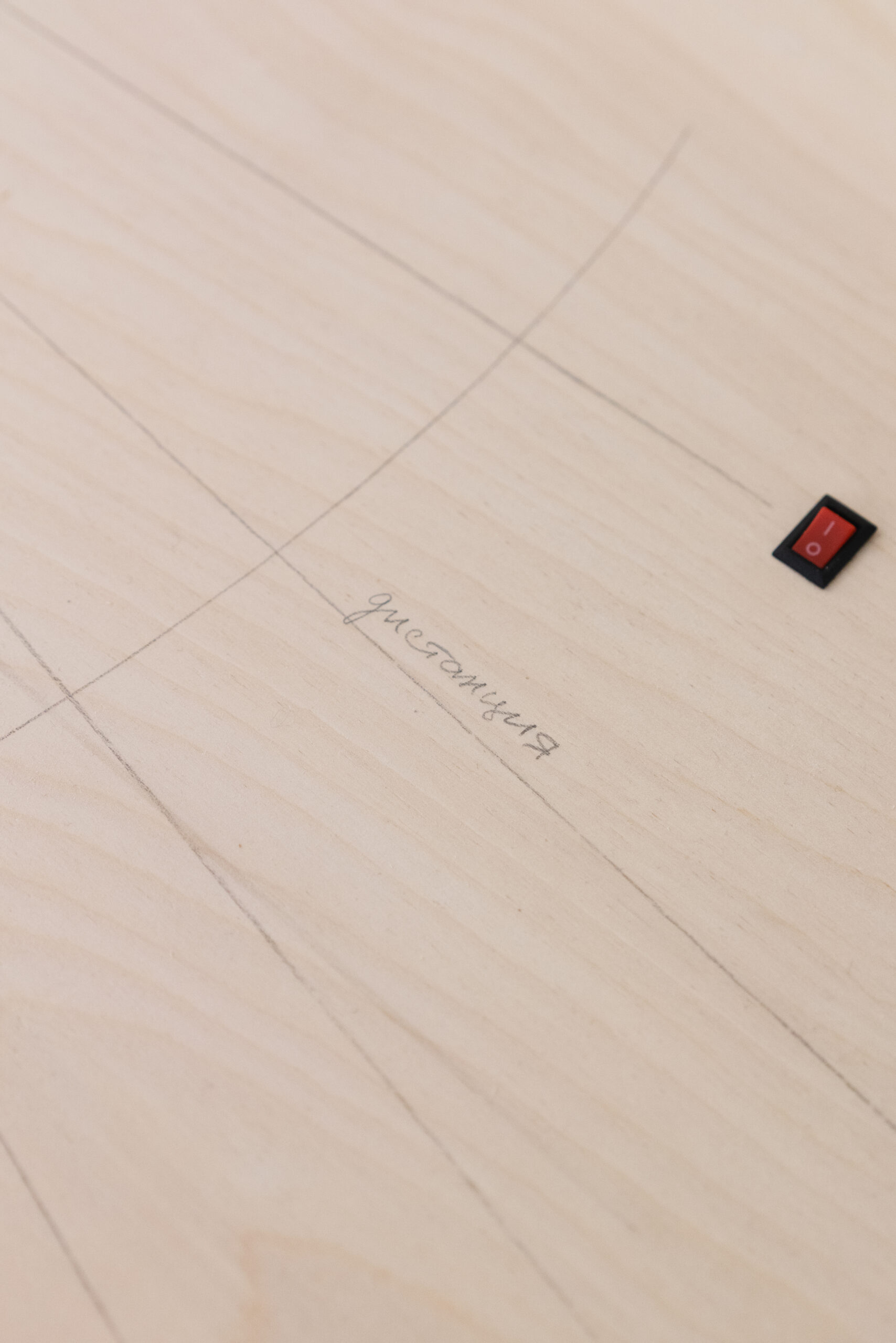
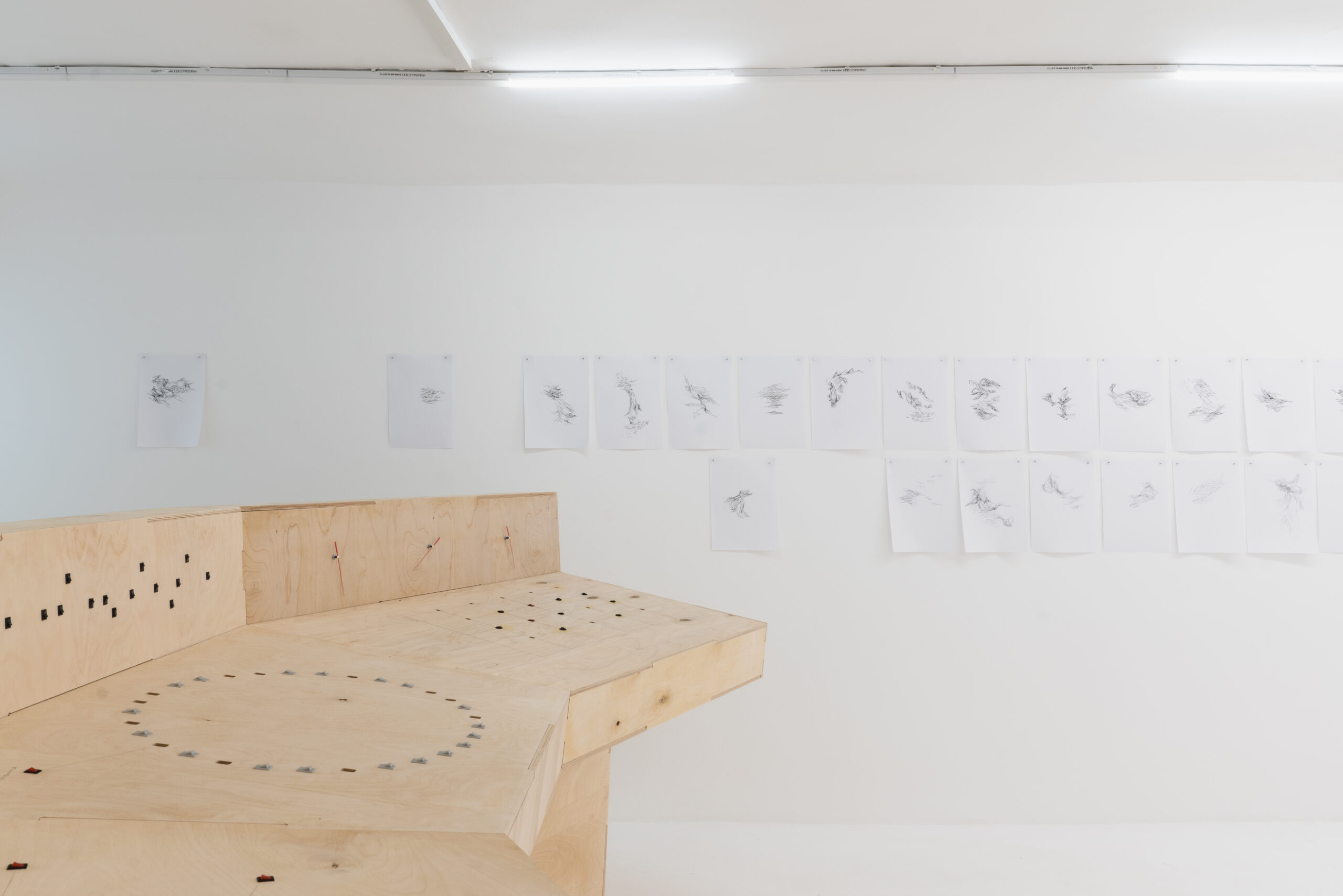
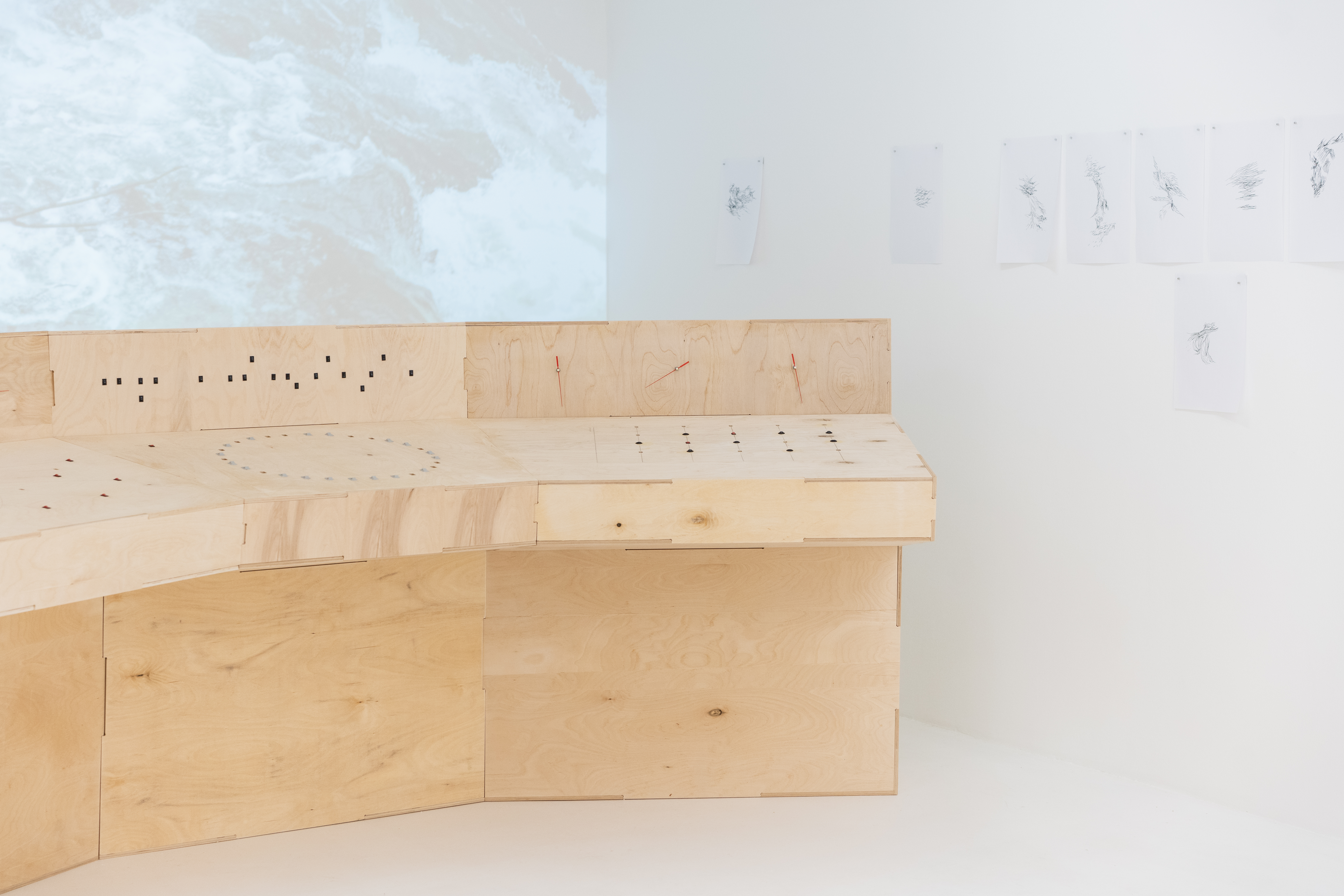
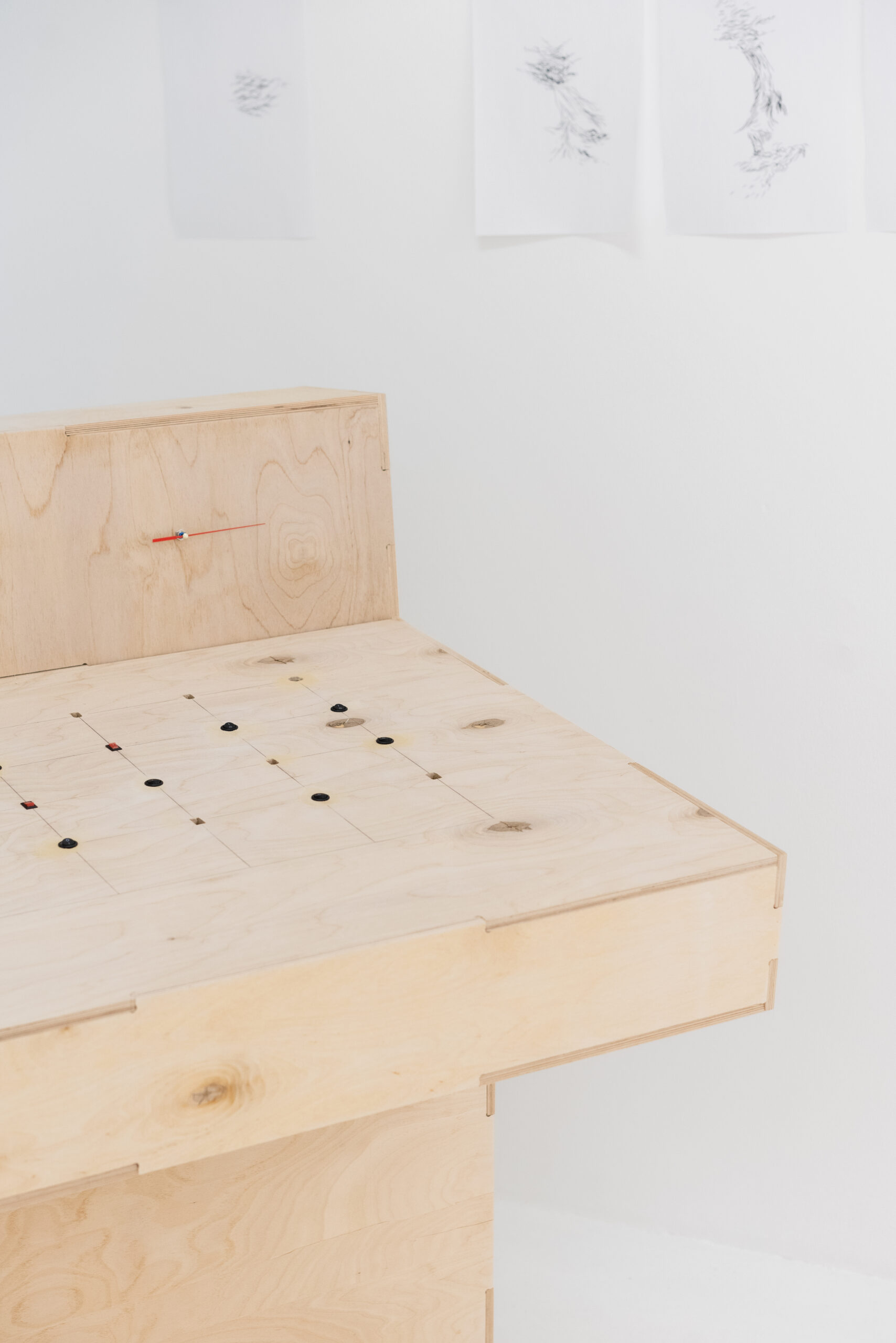
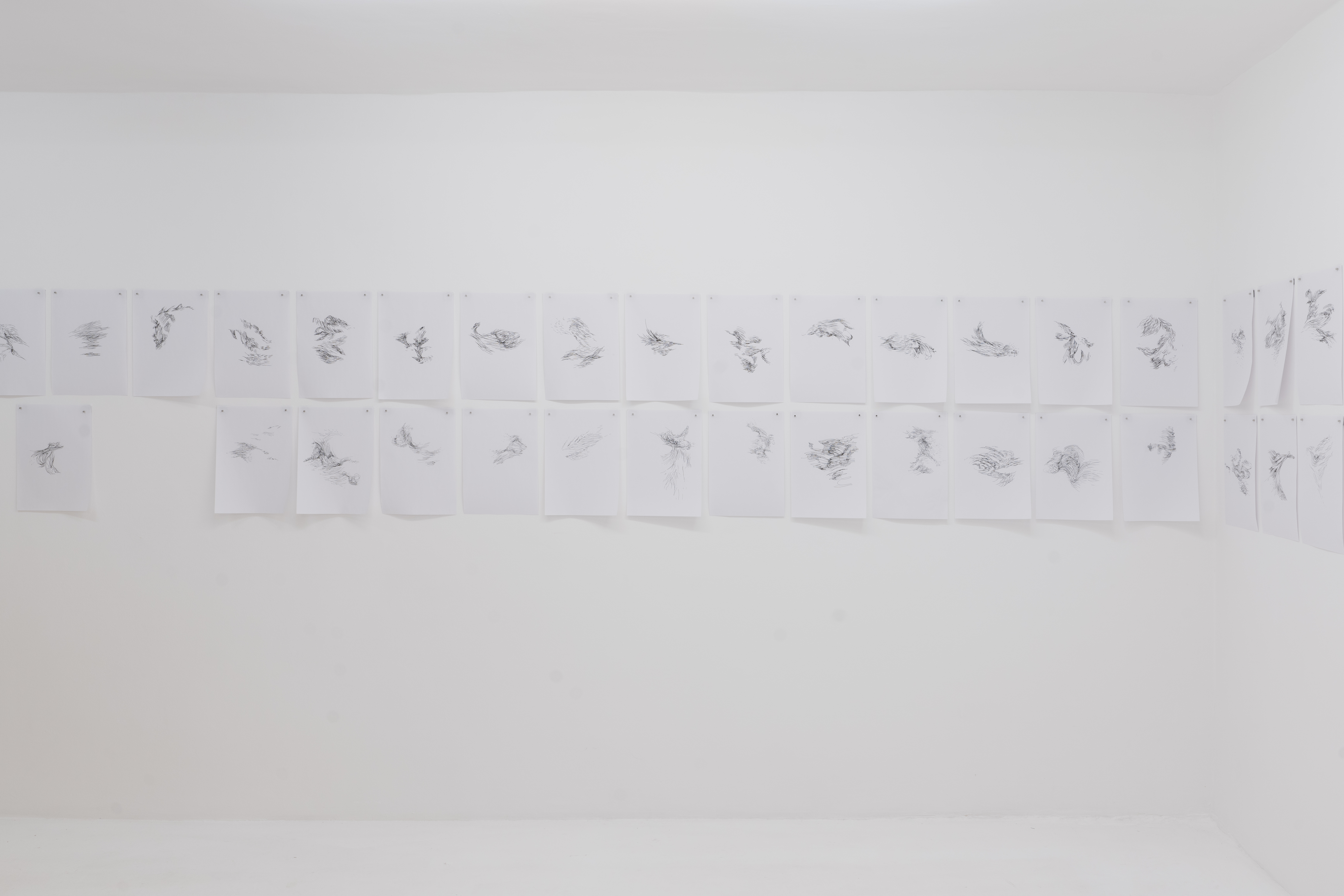
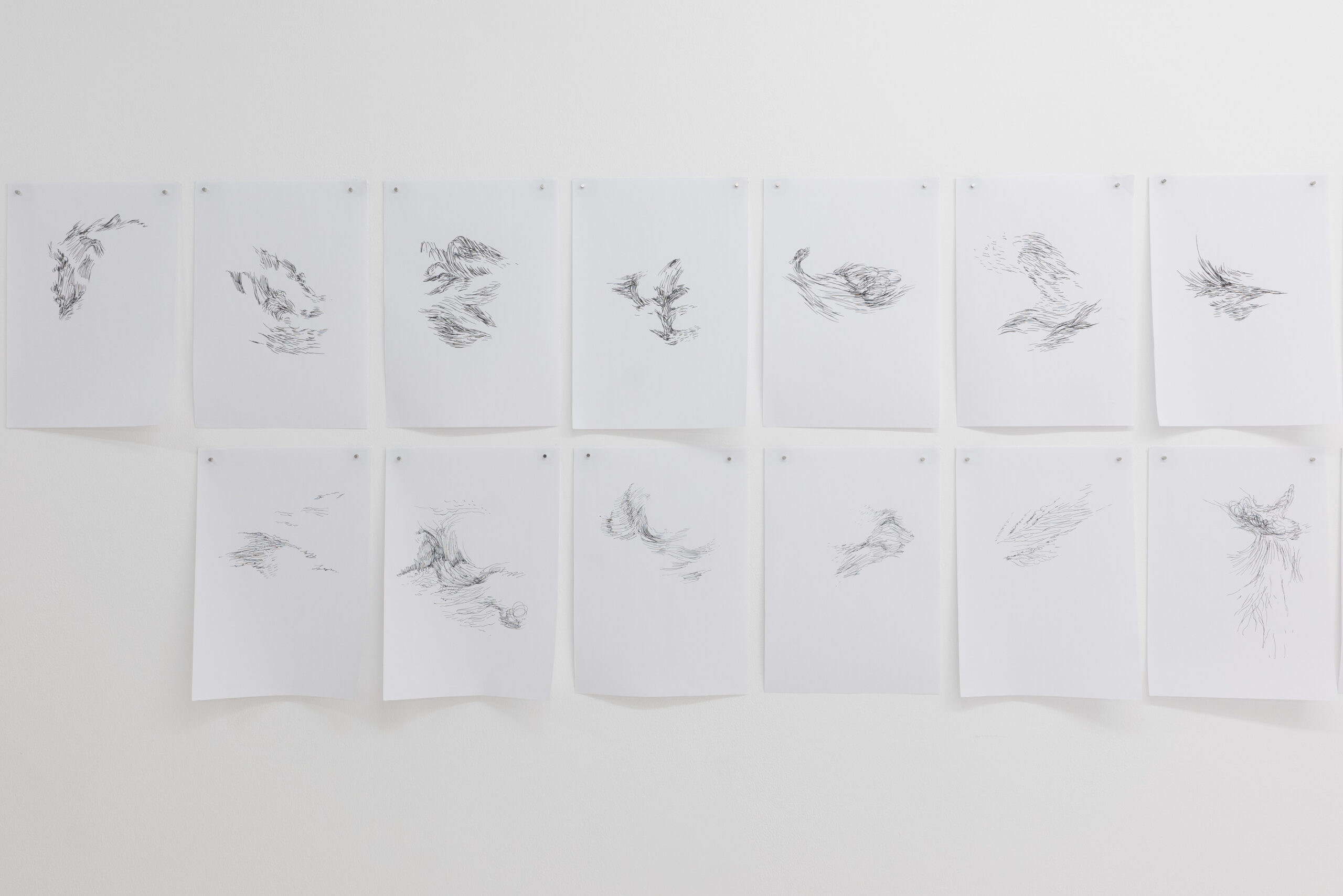
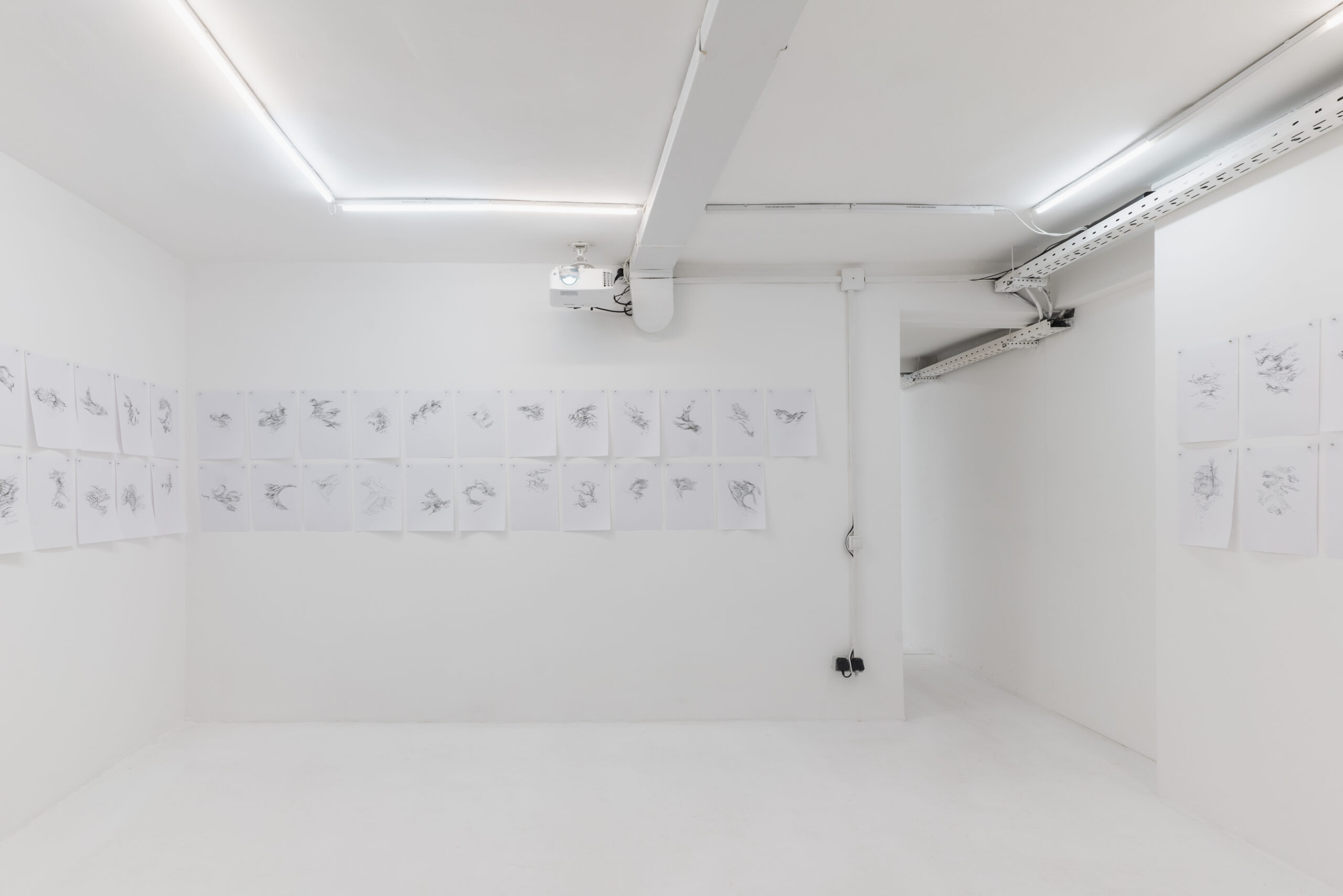
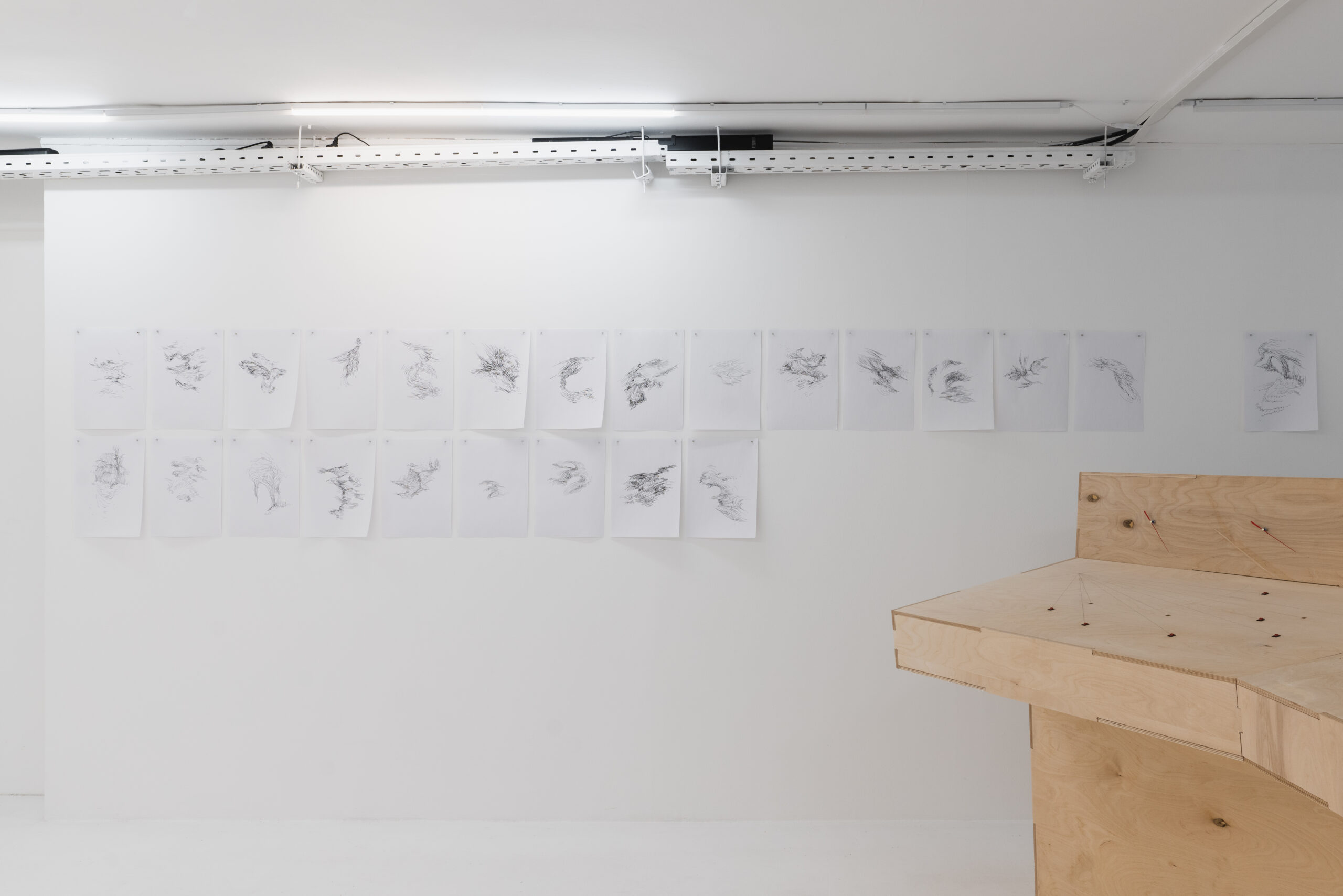
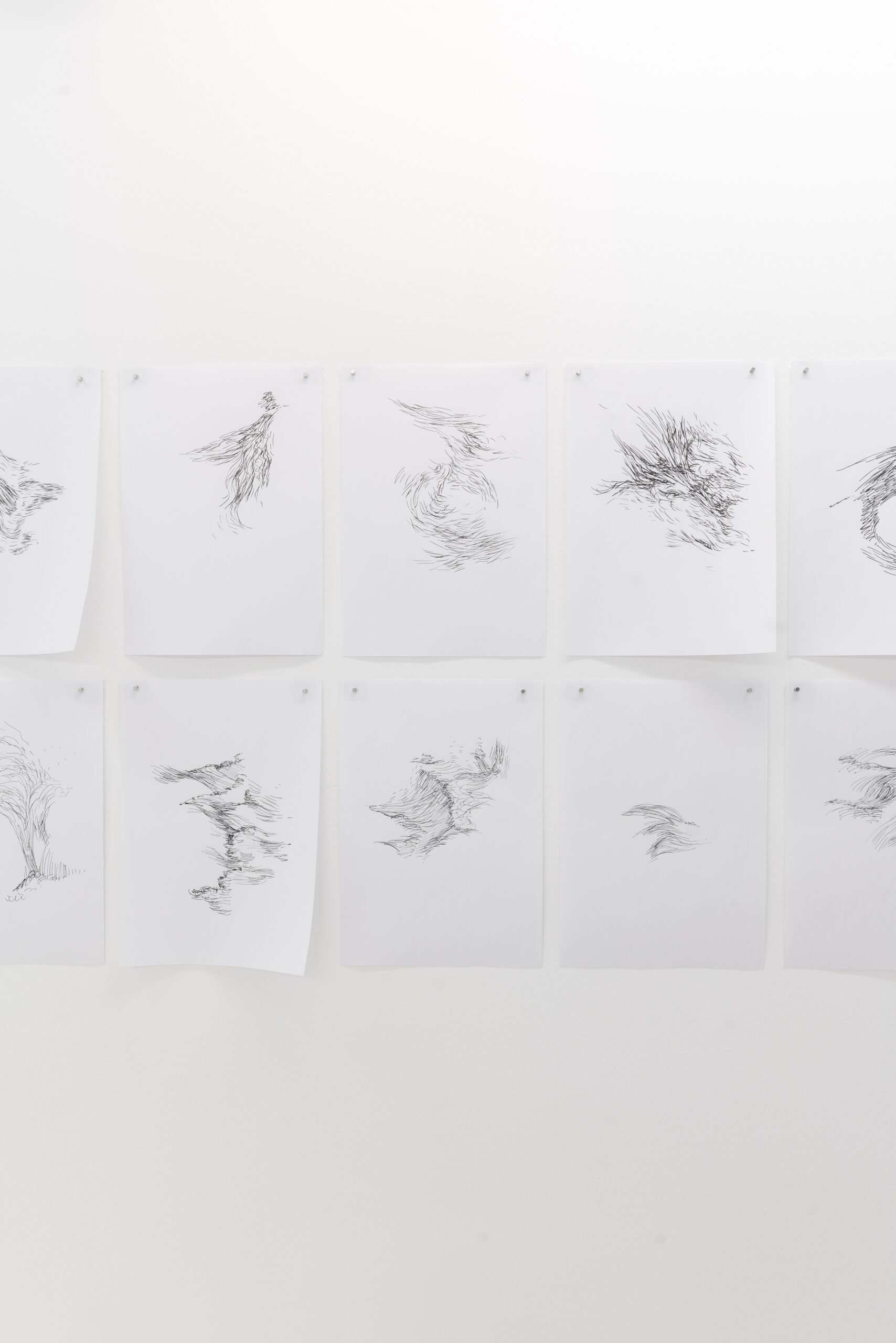
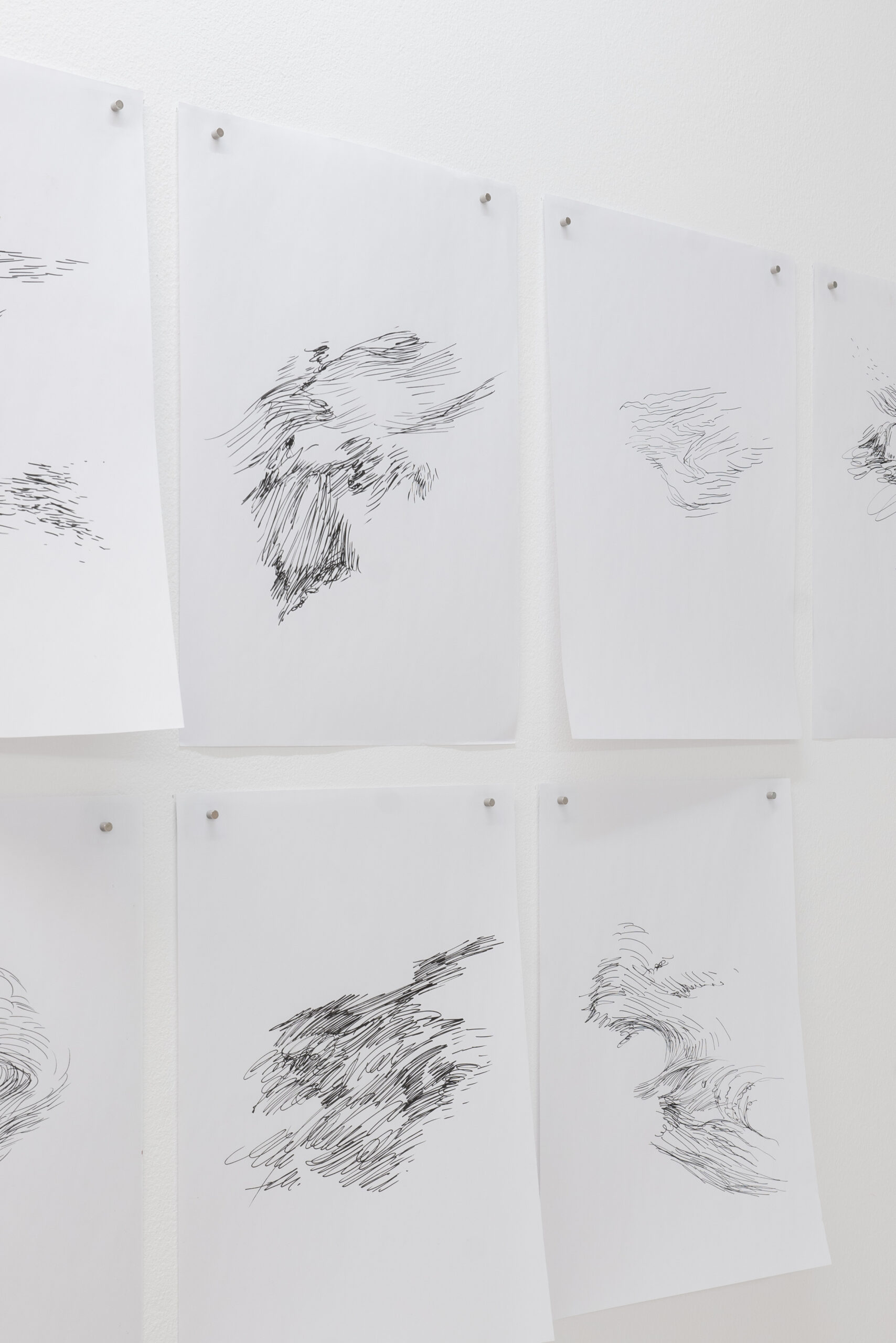
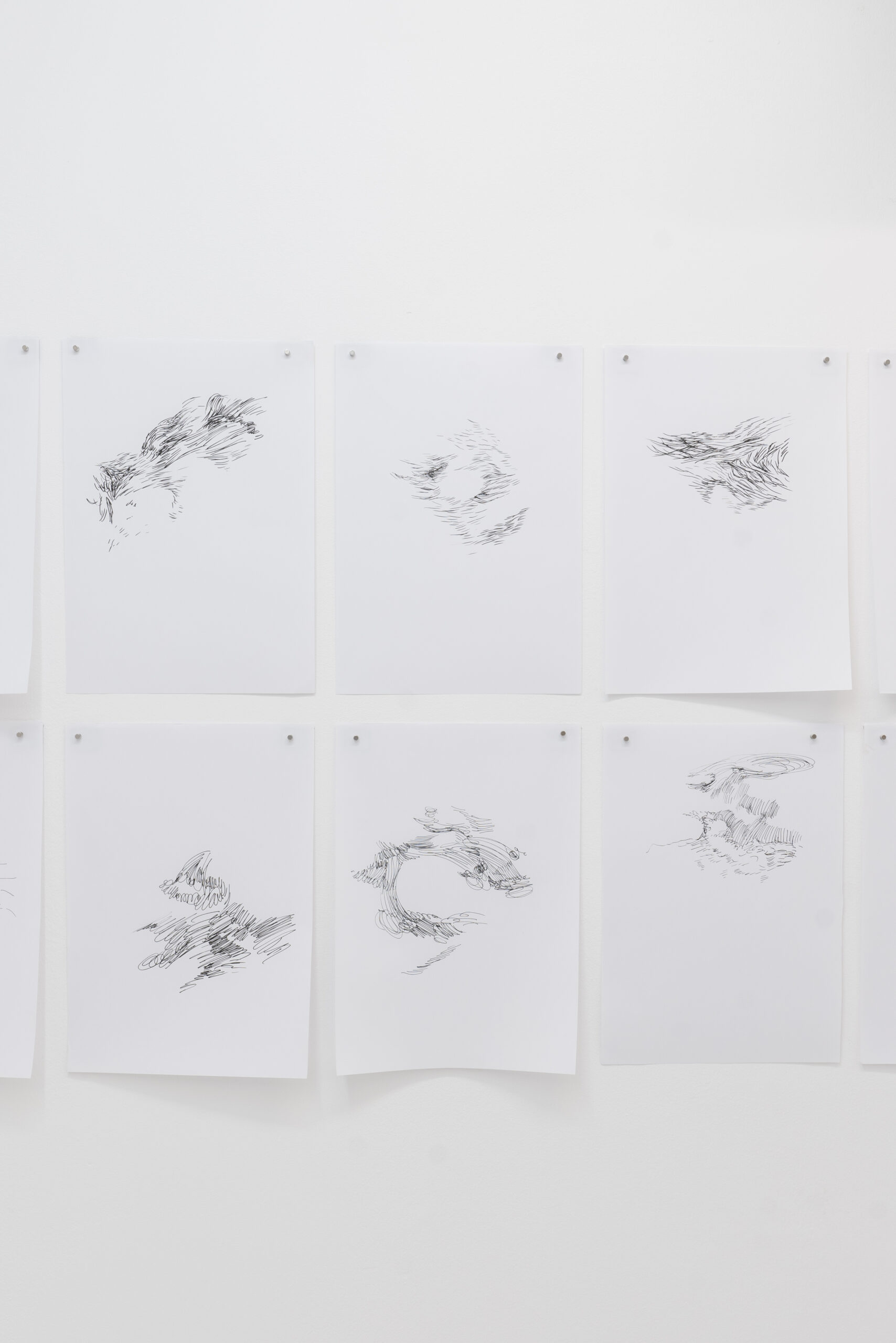
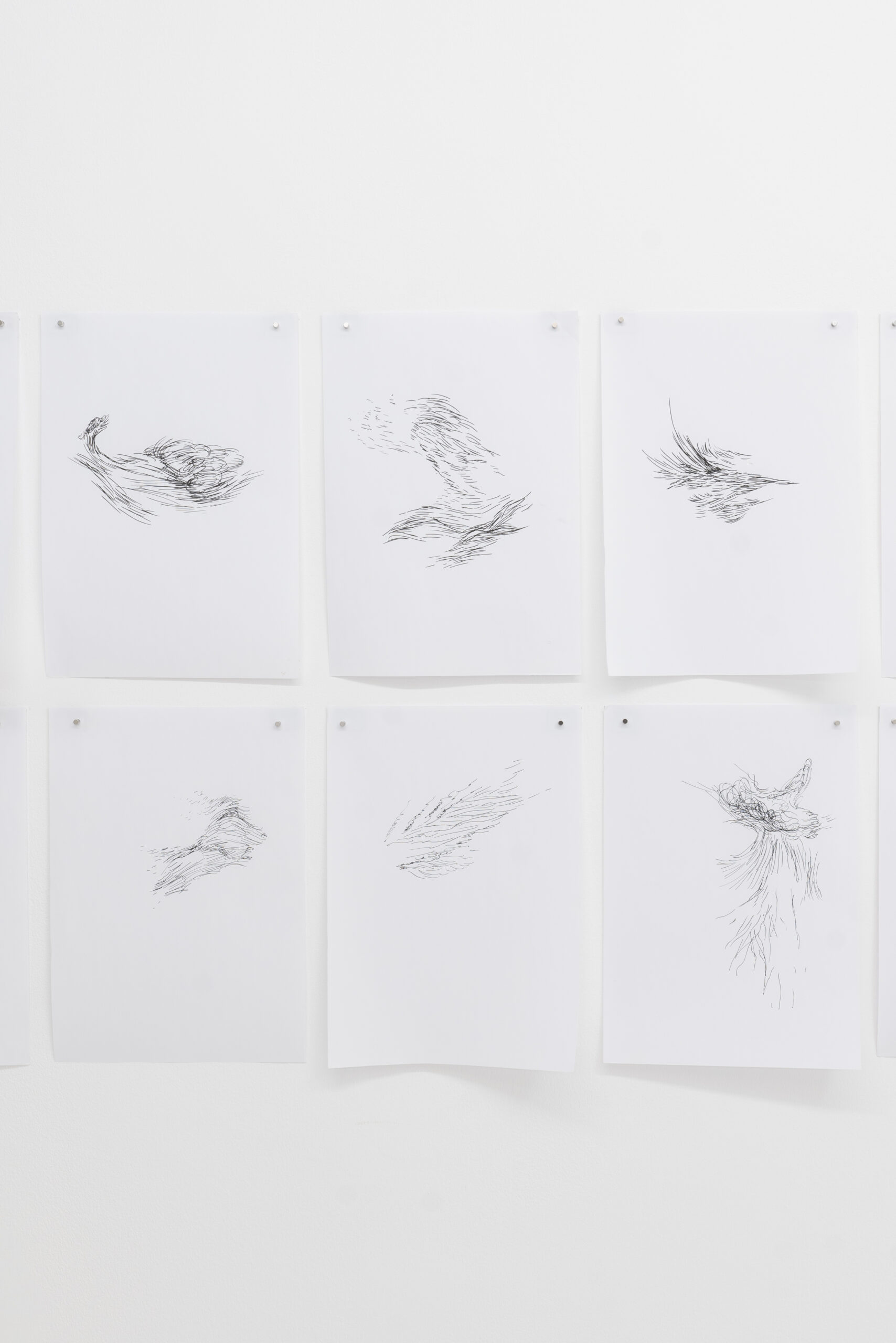
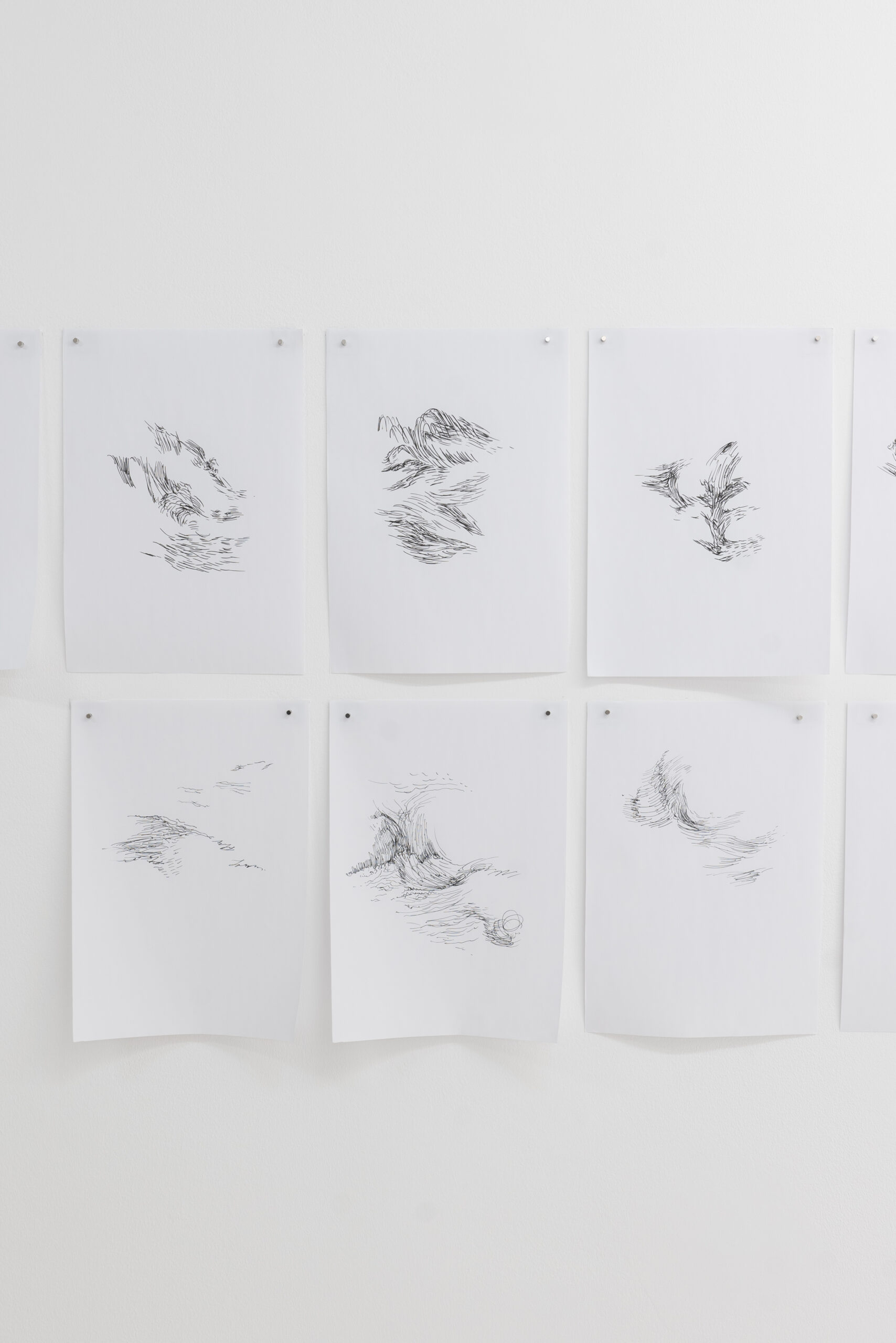
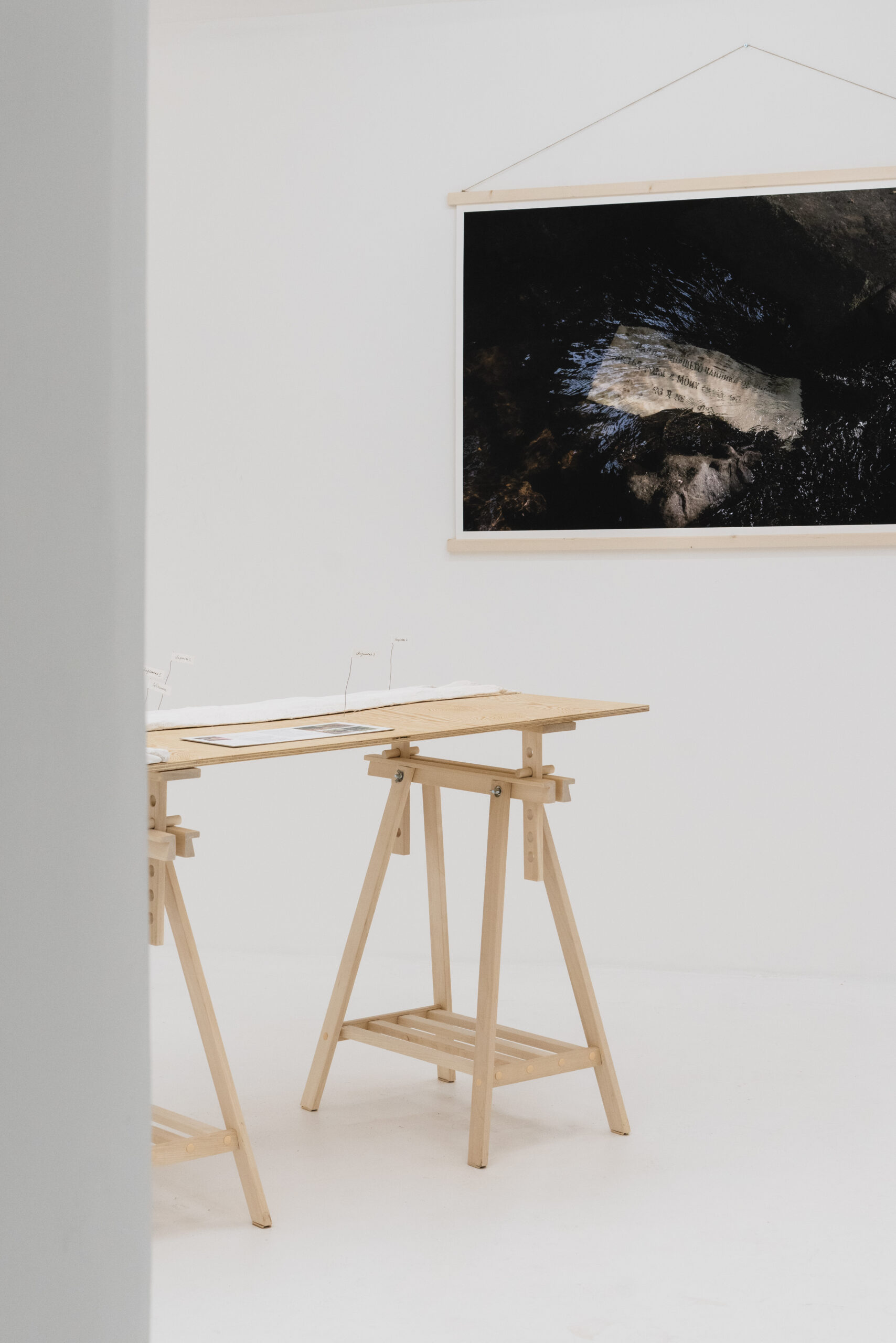
From the beginning of 2023, Igor Samolet and I have been talking on the phone about once a month. He tells me where he has been and who he has met, shows me his recent photographs and video recordings, and we discuss the ideas for his new works. These calls are a part of our collaboration on his new series “The Experience of Vulnerability,” whose interim results are presented at this exhibition. At the same time, this communication is an inherent part of Samolet’s artistic practice as it relies on constant documenting and processing the evidence of the surrounding reality as its key method.
In the last two years, including his previous exhibition at сцена/szena gallery, “Politics of Hate,” Igor Samolet has been focused on such documental work through the lens of digital everydayness, collecting screenshots of posts and stories, dialogues on social media and lock screen wallpapers that he deemed important at any given moment. This archive of “brief,” fragmented and often quite personal an emotionally charged reactions to the events of the present day aimed at living the situation of here and now, was at the heart of his artistic expression.
Working on the series “The Experience of Vulnerability,” the artist tries out a fundamentally different approach to the interaction with reality. In January 2023, to create this project, Igor Samolet embarked on a long research journey, which will cover eight countries in total. The geography of his trip is based on the routes of his friends and acquaintances who left Russia in the last two years. The artist’s research has two goals: firstly, to document how these people acquired a new experience of “out-of-homeness,” and secondly, to trace his own feelings. The evidence collected during field work: conversations with friends and new, sometimes random acquaintances, recorded on tape; travel notes; and various memorabilia – become the materials that inform his artistic practice. In addition, at each stop of his journey, Samolet creates new, usually site-specific works. The current project shows his new works created during the artist’s trip to Georgia, to a self-organized art-residence Korolistan. The residence, founded by Vera Pavlova (Lisokot), Taisia Elina and Ivan Naumov, is in the vicinity of Batumi, by the mountain river Korolistskali whose image and features Samolet uses in his works.
In the main space of the gallery, a series of one hundred and one abstract graphic works is displayed, important to the artist not as much because of its visual properties but as a process, as an attempt, by definition impossible, to document and, as an artist, to control the ever-changing form of the river flow. The reflection on the limits of control is continued by a two-part installation: an unhandy control panel, installed opposite to a projected video of the same river Korolistskali flowing, as a juxtaposition of a rigid system to a flexible entity. Designed in the aesthetics of the first electronic machines, the control panel refers to the optimistic retro images of humans managing technology and subduing nature – the ideas that are now most associated with apocalyptic scenarios.
The works in the small hall explore the tendency of information to be distorted or lost. Among them, there is a documentation of the performance “Witnesses” – a reflection on how our perception of the event changes as the distance grows between the observer and that what is observed. The artist sends three small spheres down the river Korolistskali, one after another, registering how many of them other three participants of the performance will see, standing at different distances from him further downstream.
Other works in this space constitute a documentation of a site-specific object – a marble slab immersed under water, with an inscription that gave the exhibition its title. The object reminds both of a tombstone and a memorial plaque, appearing to be akin to the famous series of inscriptions on stone benches by Jenny Holzer. Holzer works with statements, political in essence and poetic in form, with slogans and quotes, which she puts on different media, the earliest being neon signs ad projections. In the mid-1980s, Holzer first used stone as a canvas for her text, arguing that, unlike neon or projections, which refer to advertisement and messages designed for rapid consumption, “marble and granite stop time.” Samolet follows a similar logic as in this work, he has different demands to the text’s relation to temporality, compared to his previous projects, which were situated in the realm of digital communication. Like Holzer, he transfers his statement onto an almost “eternal” medium, placing it, however, under troubled waters; he deliberately allows for the possibility that the carved words may be distorted or eroded, reflecting on the impermanence and fragility of even seemingly most robust structures.
Ekaterina Savchenko